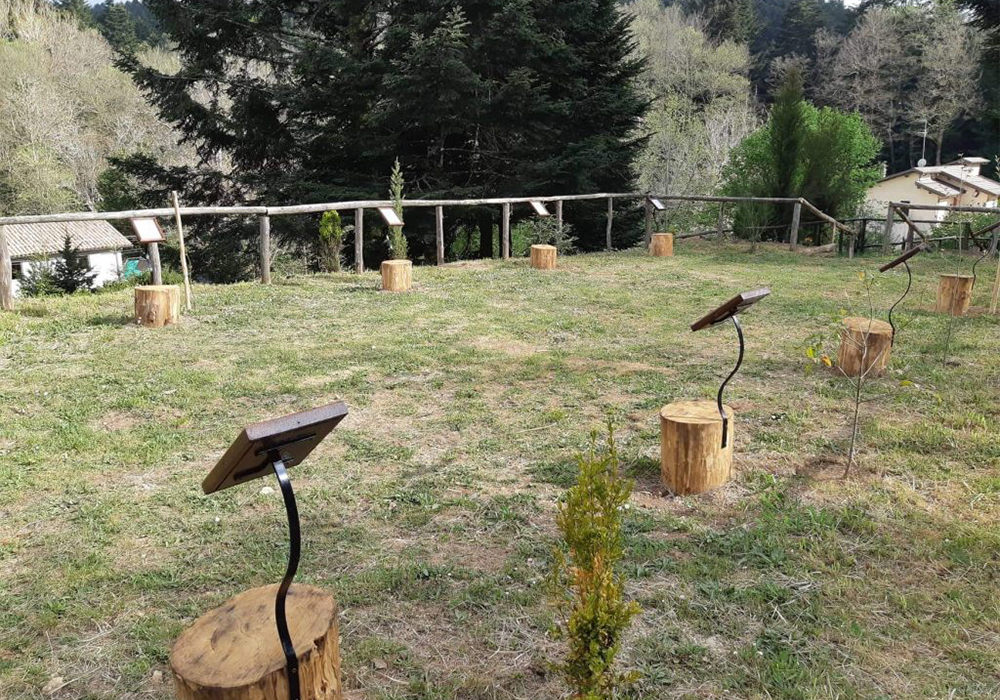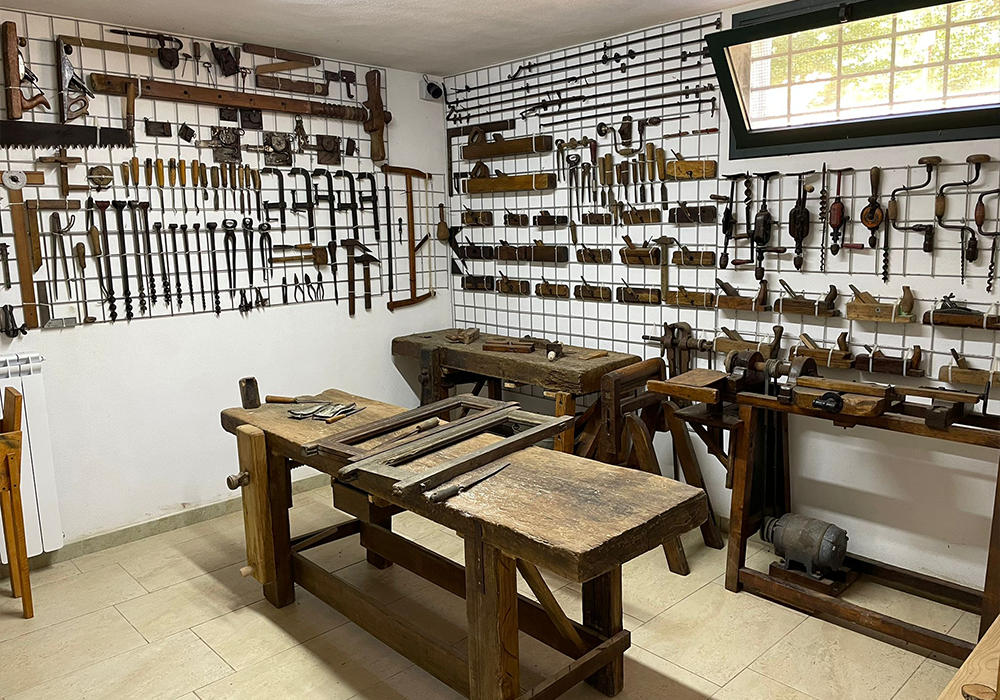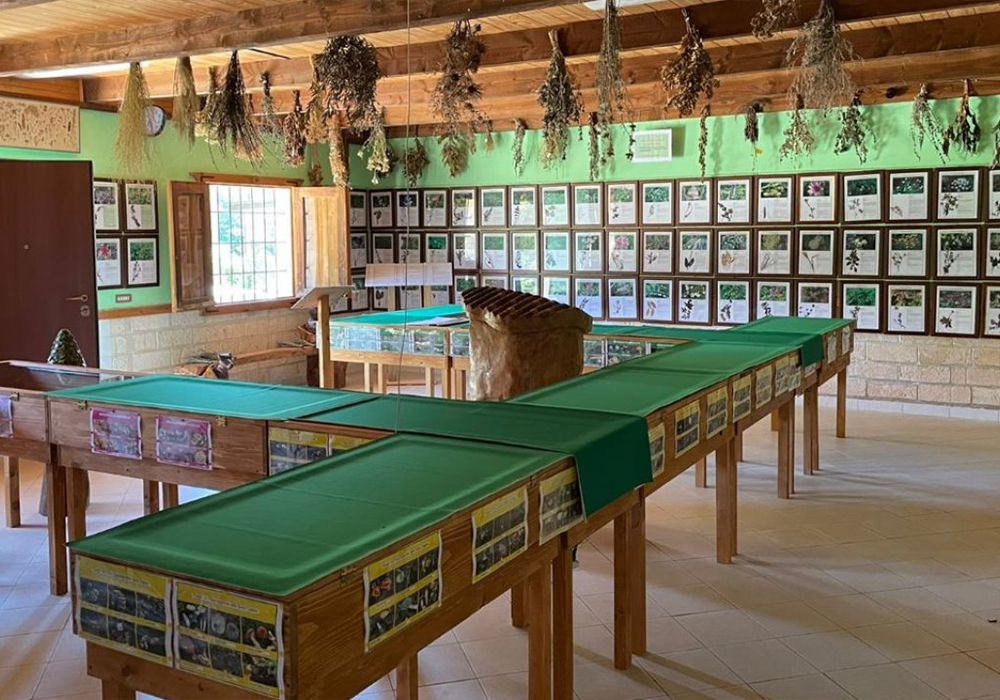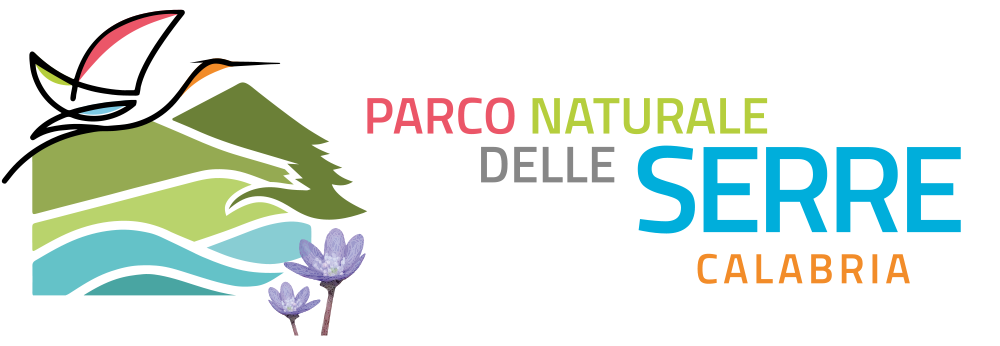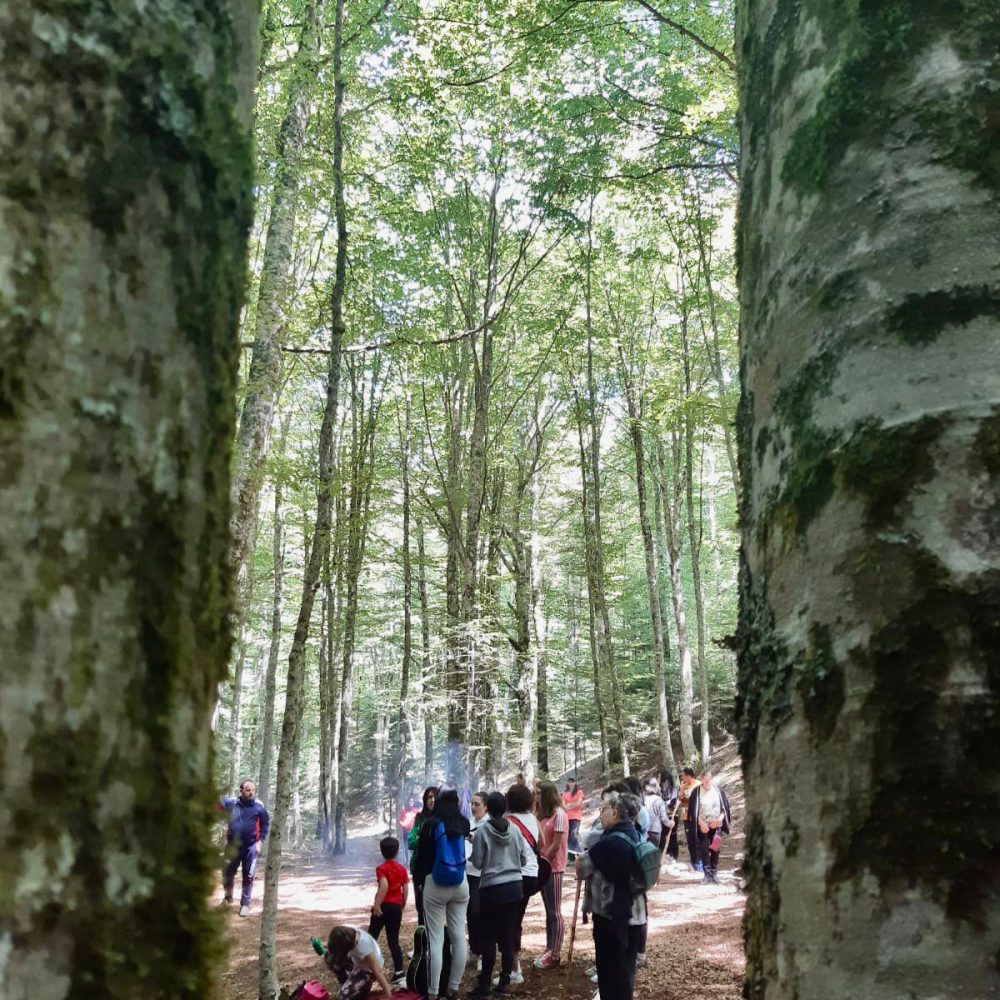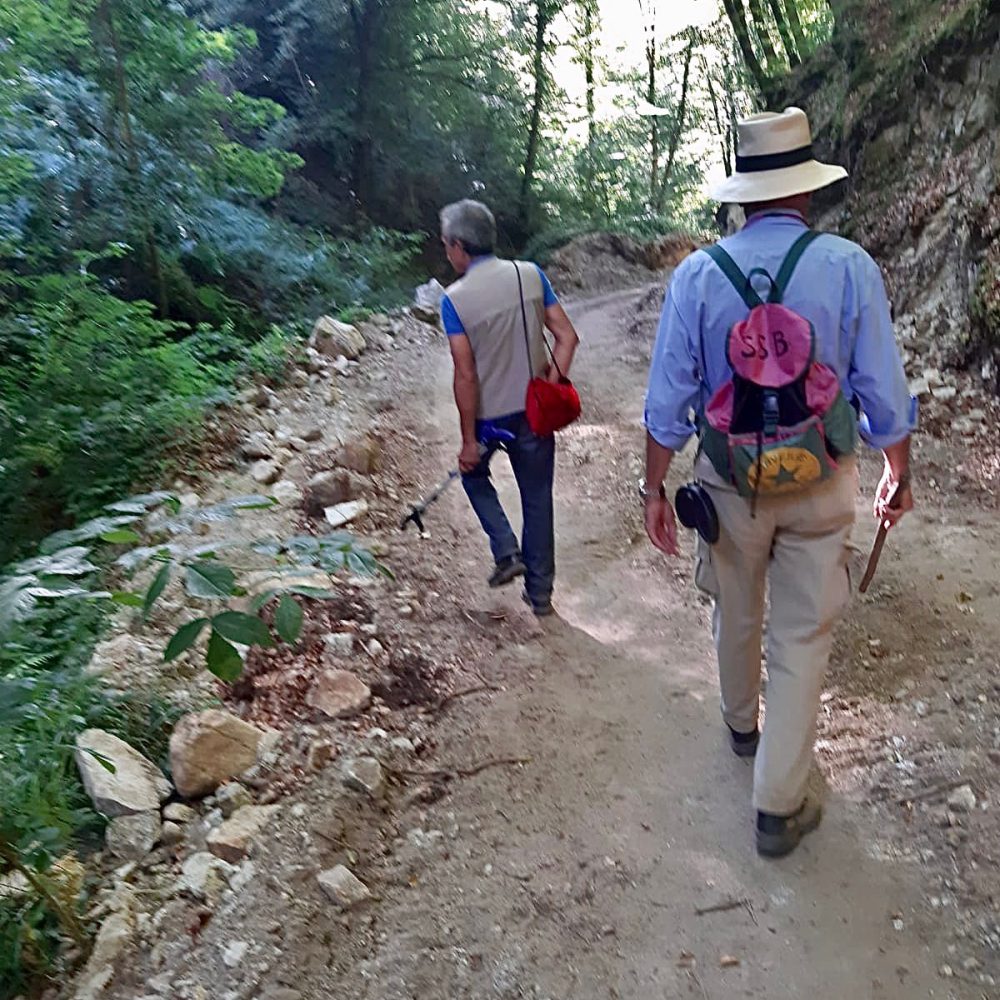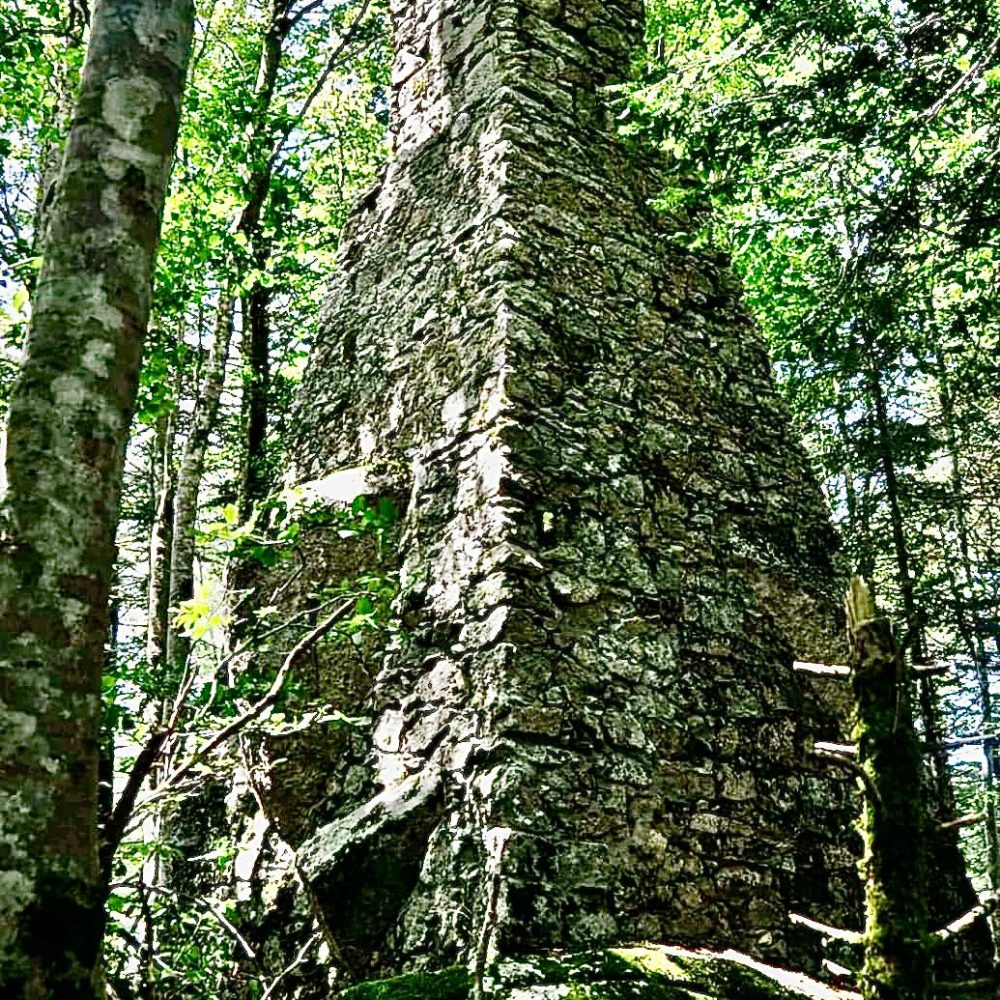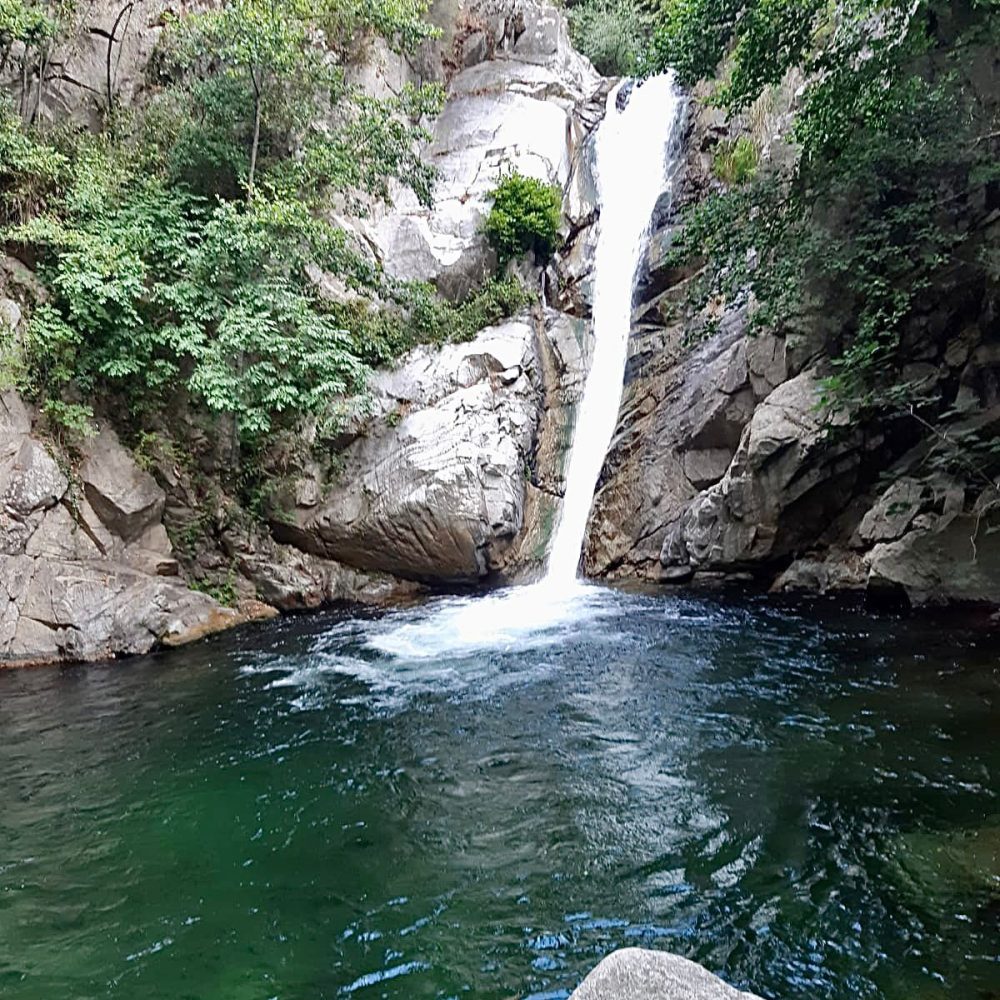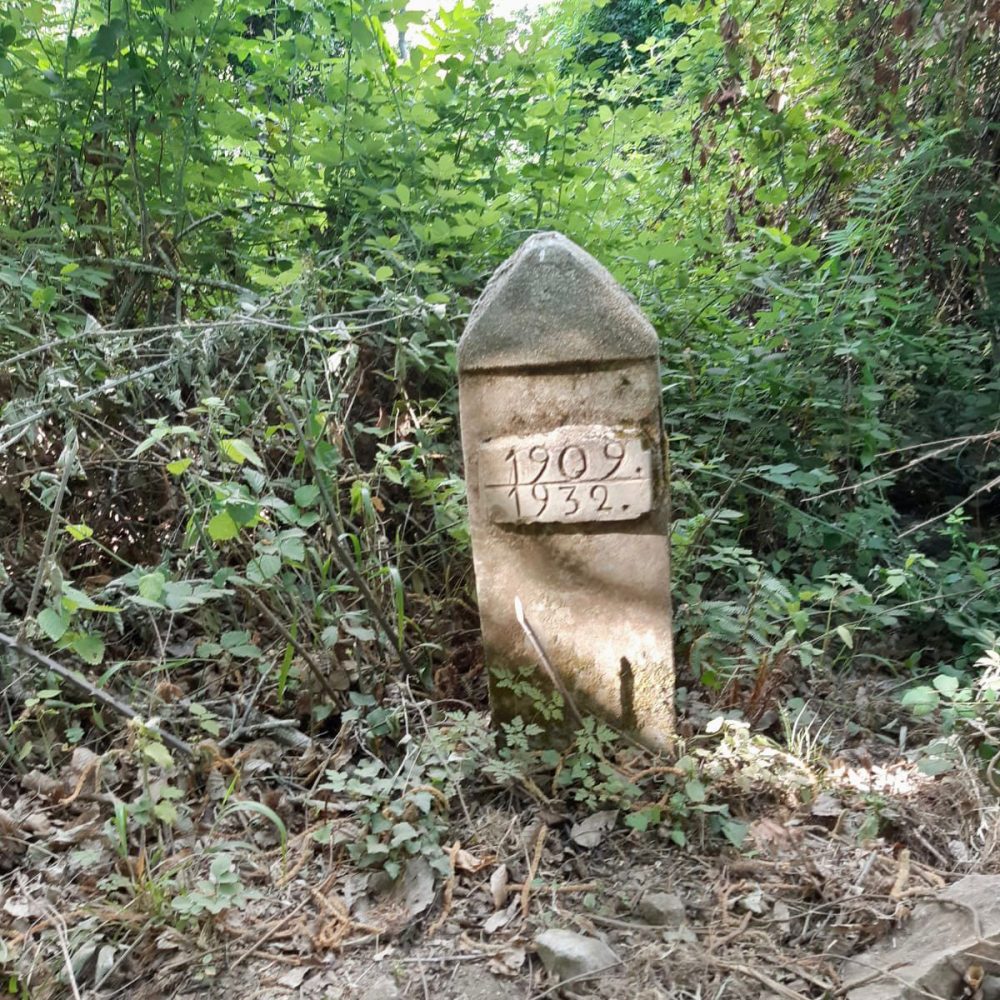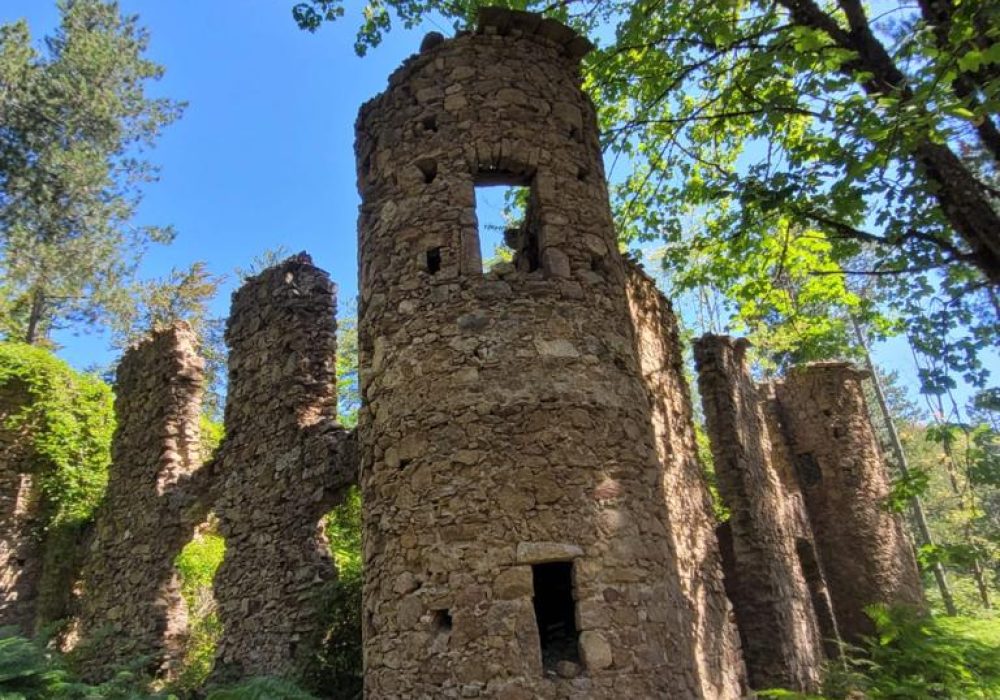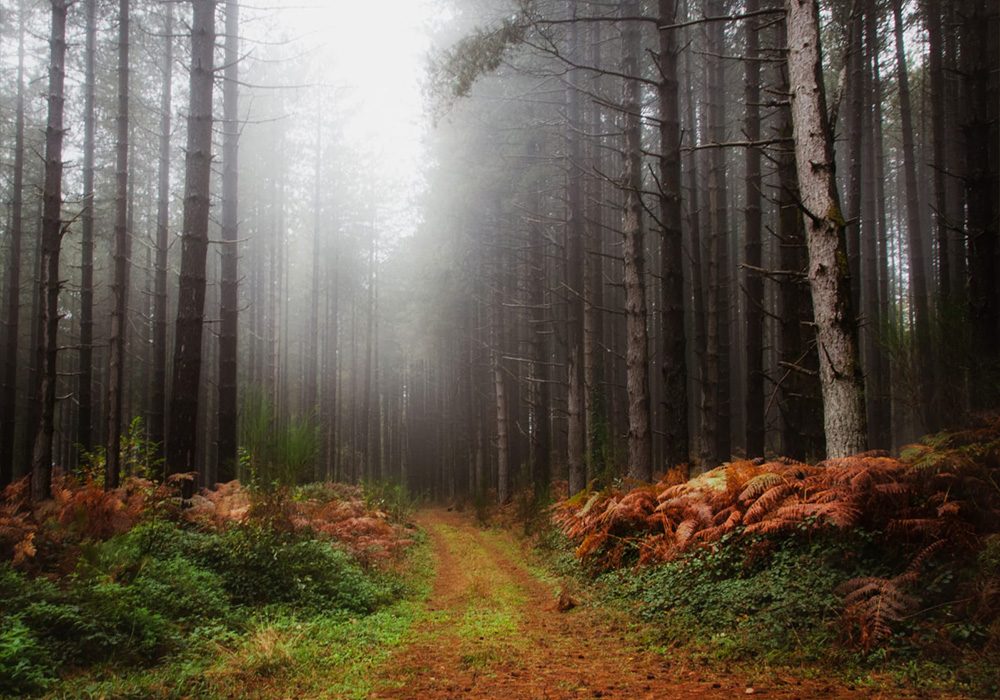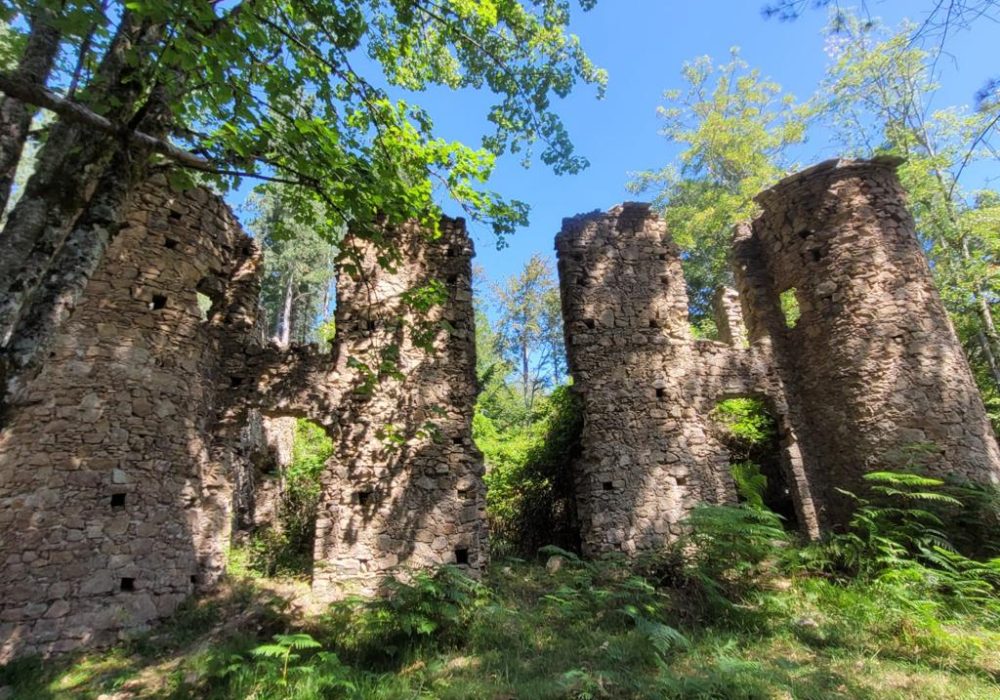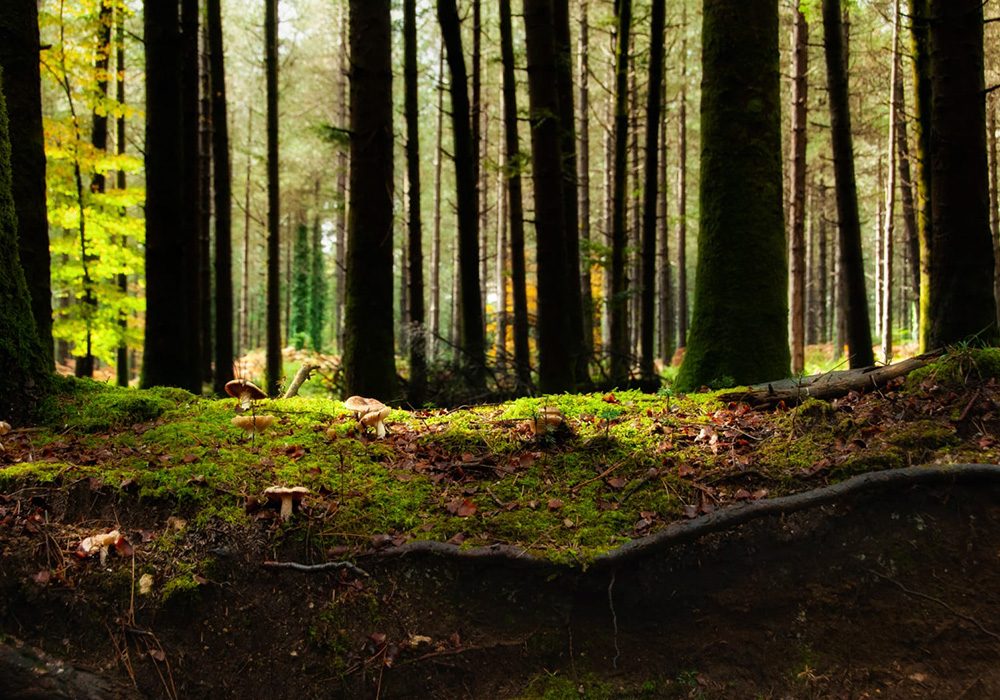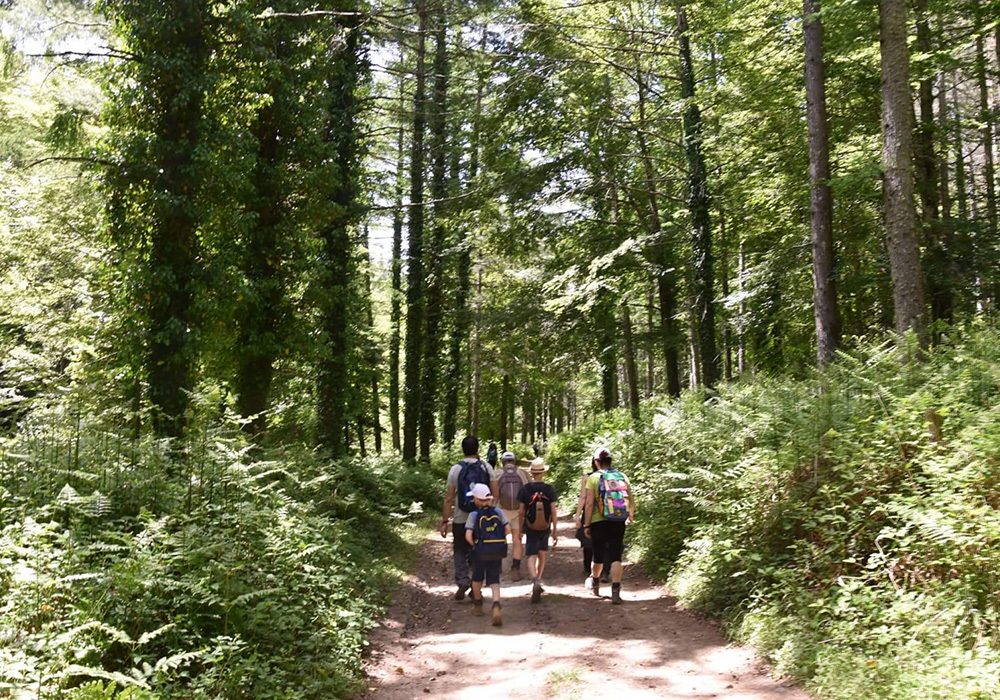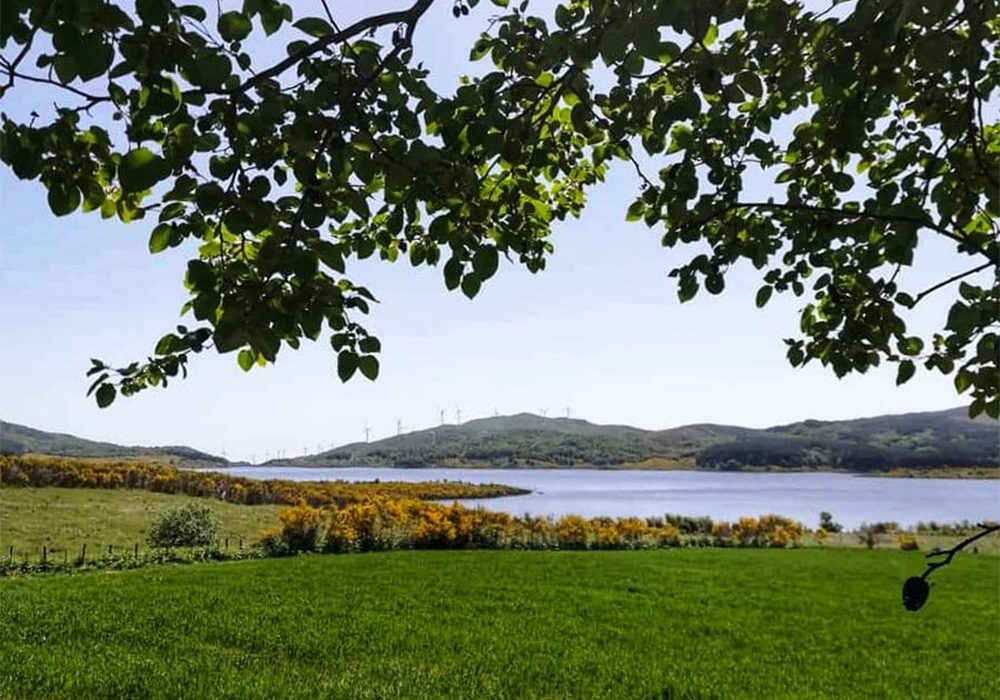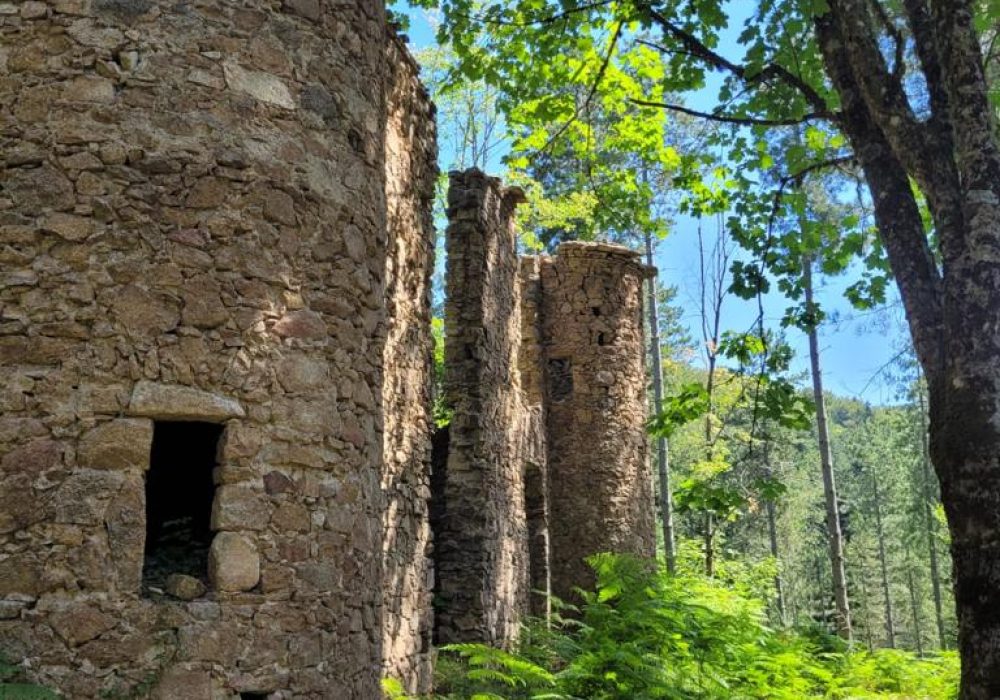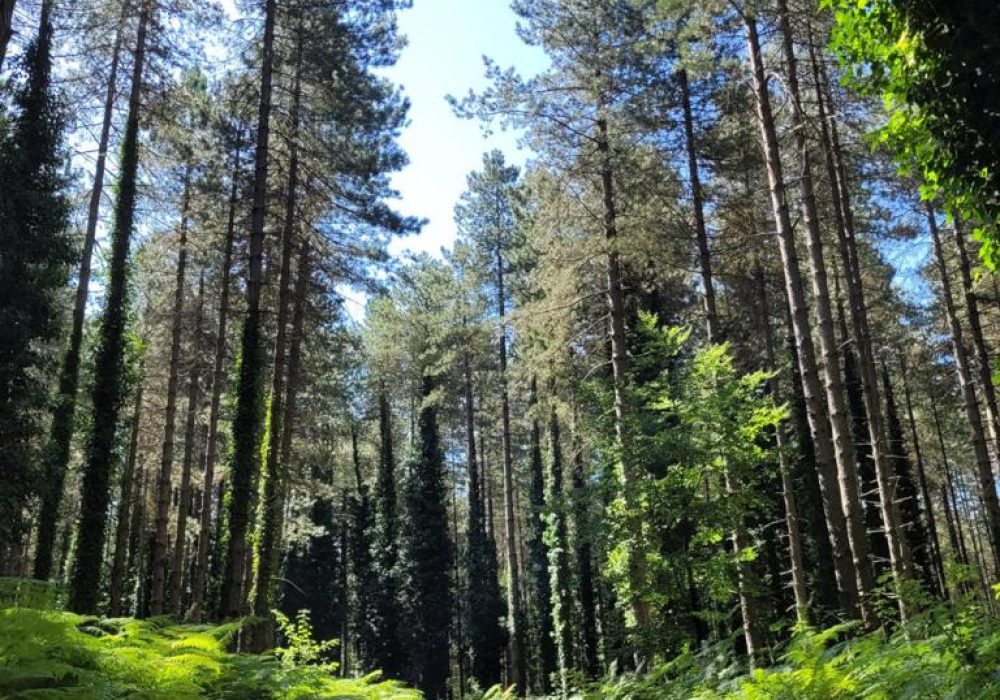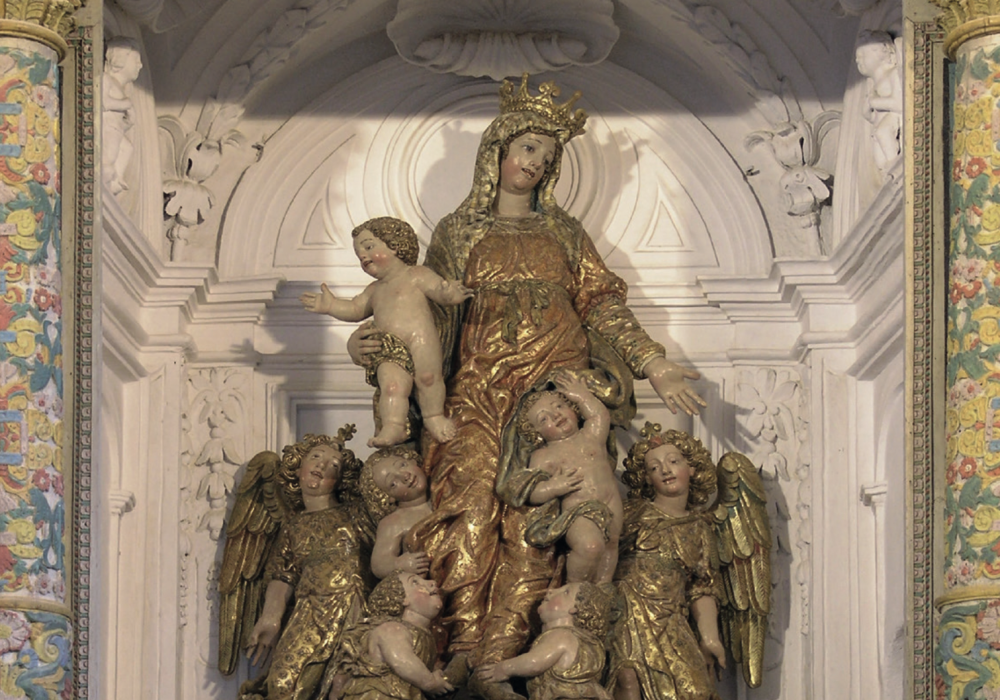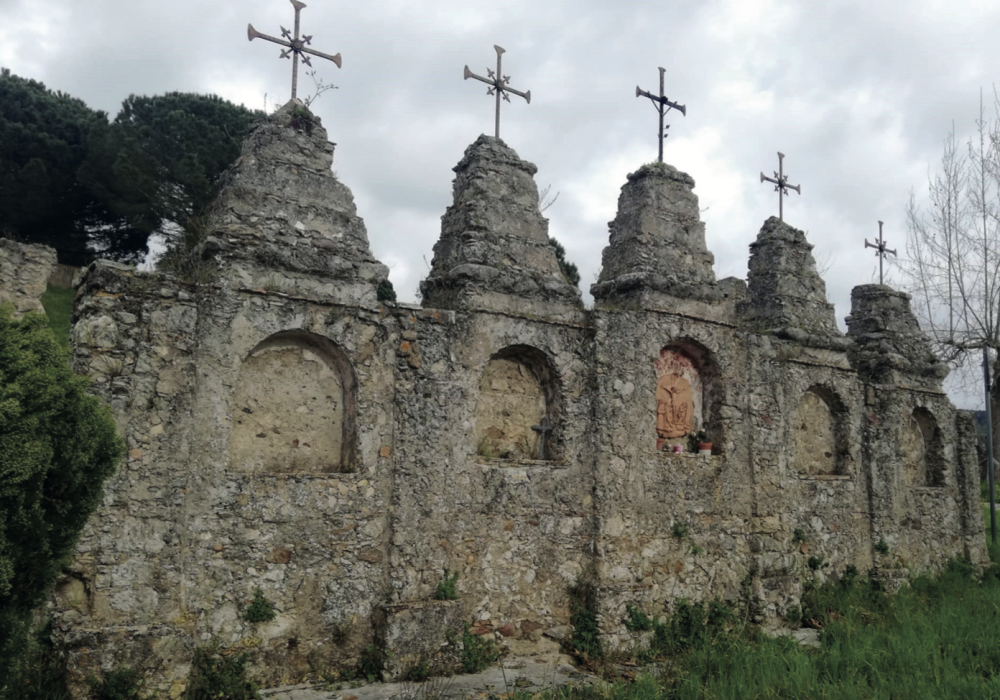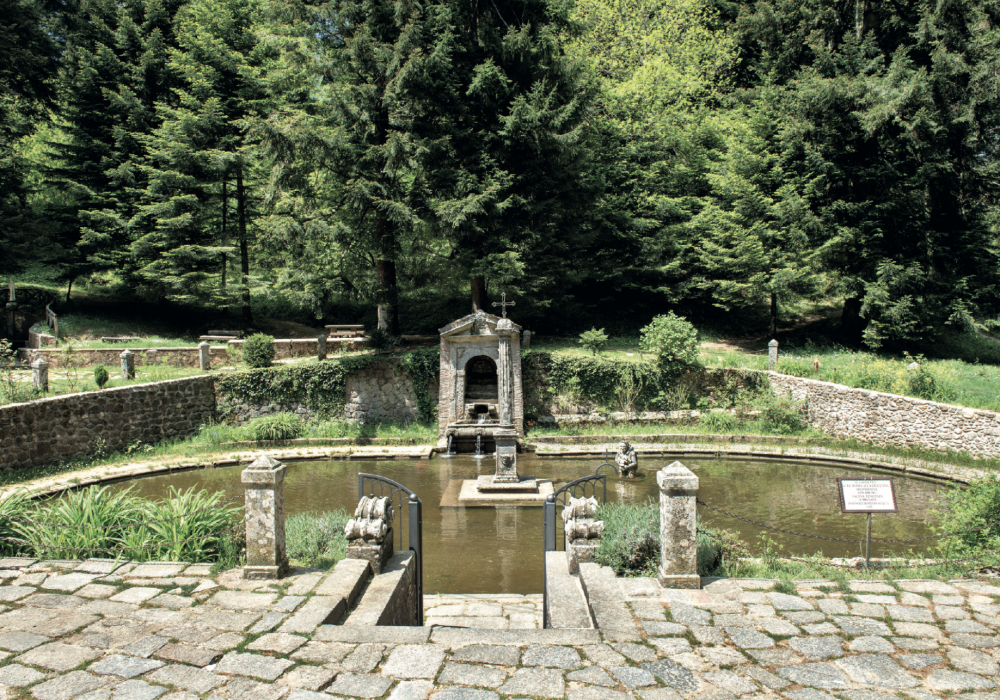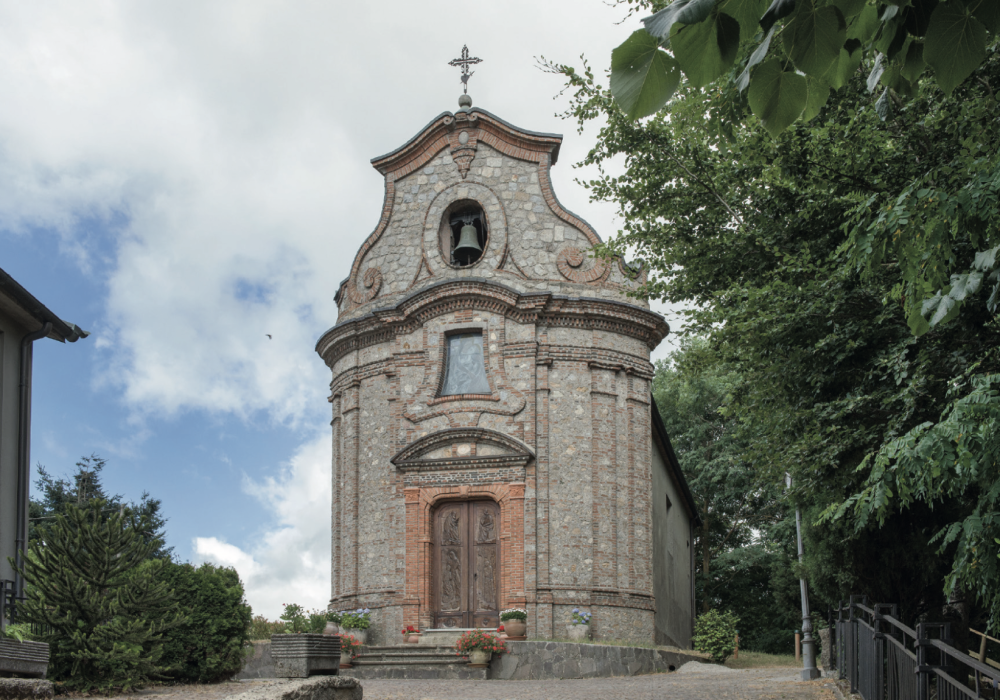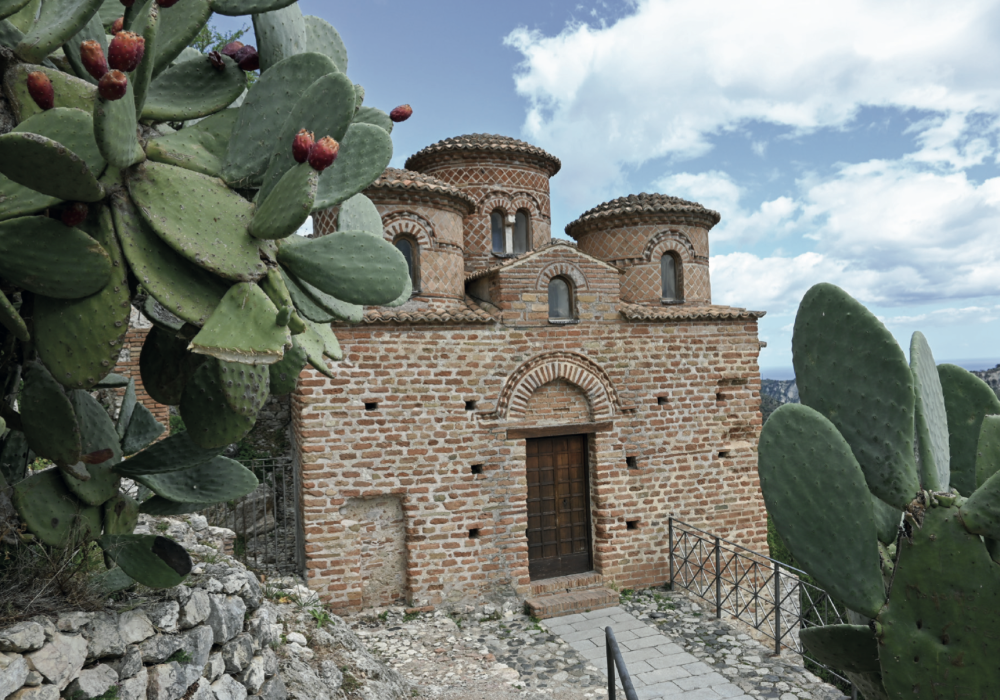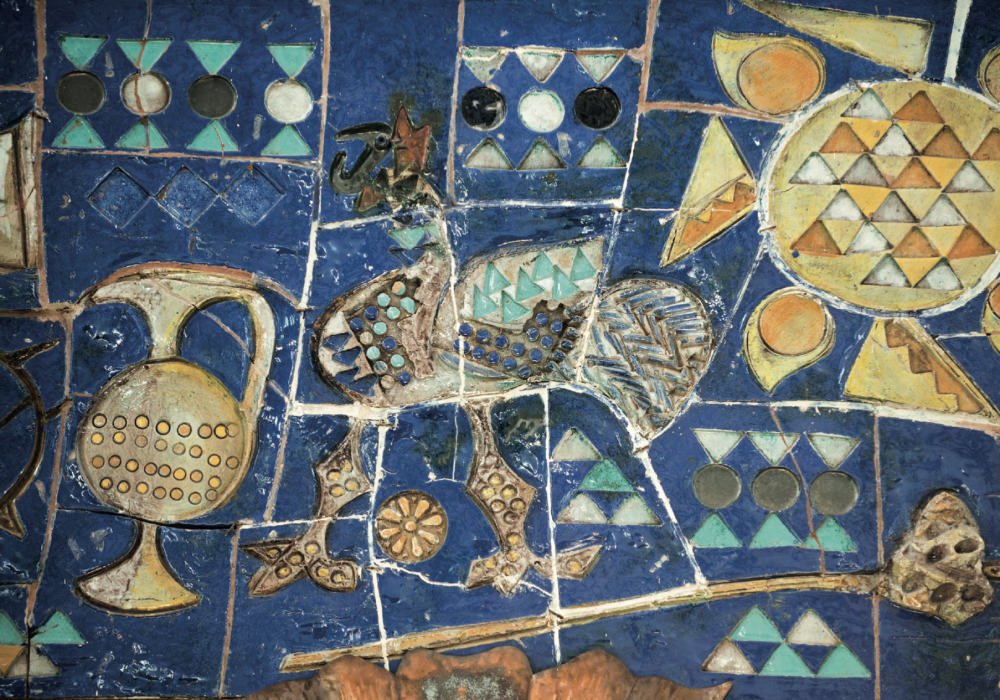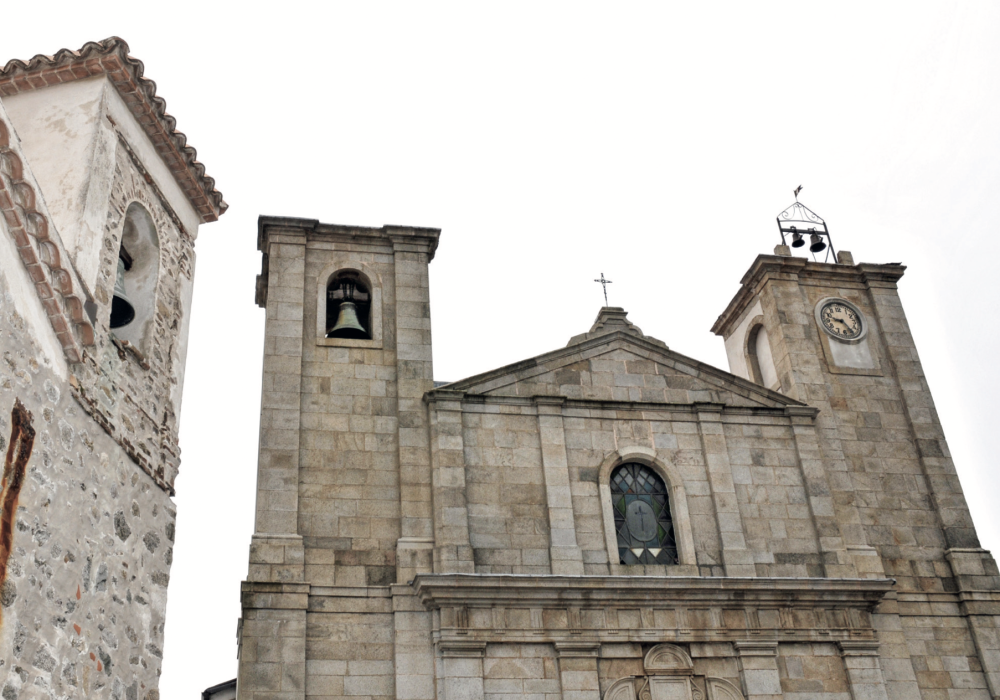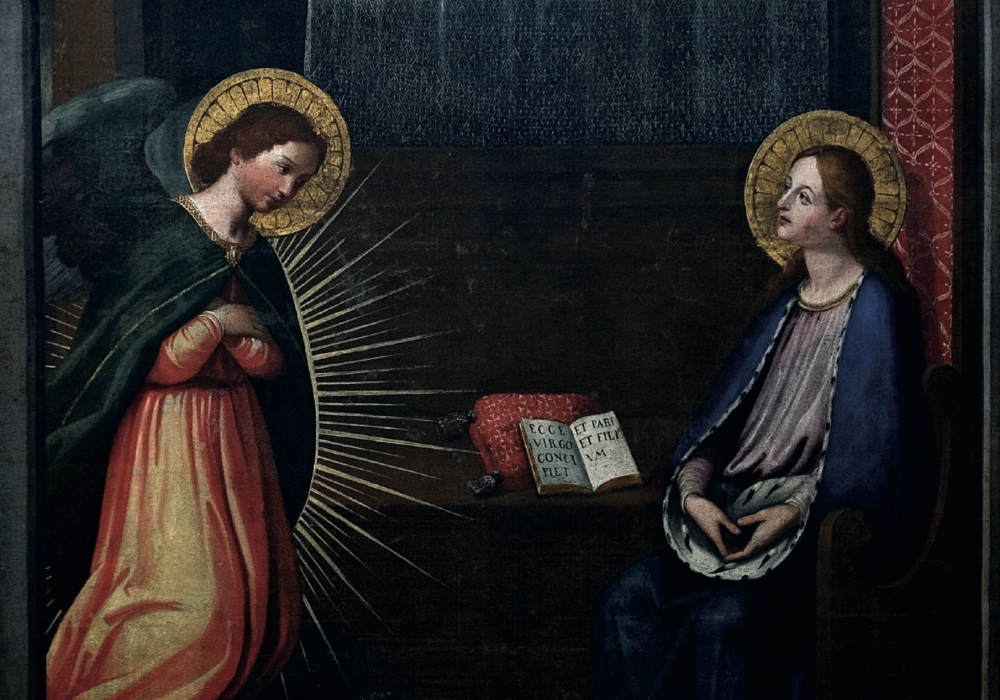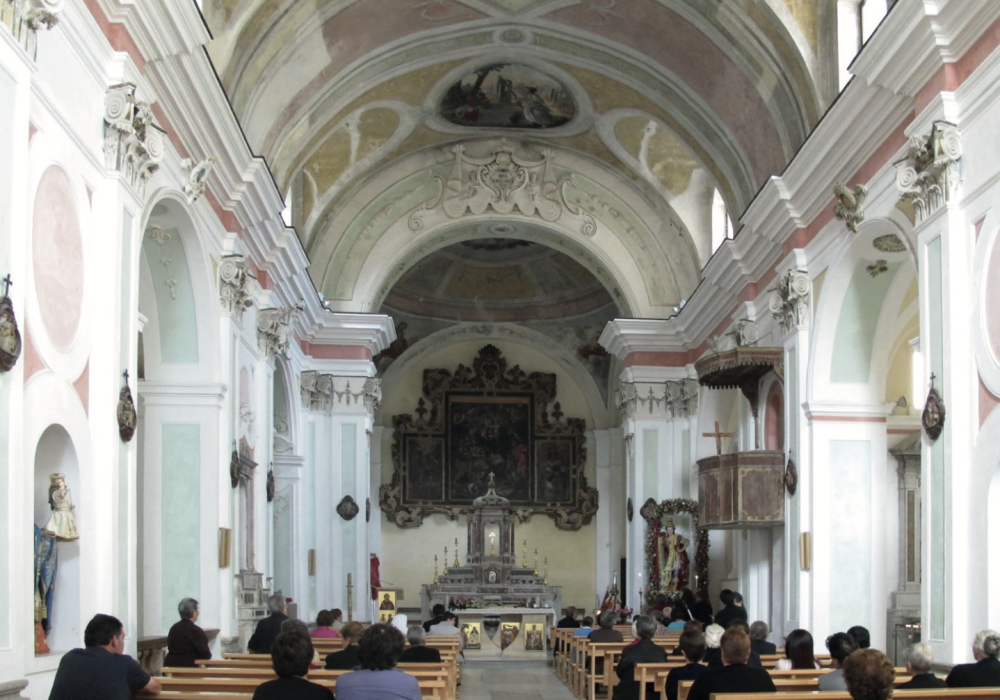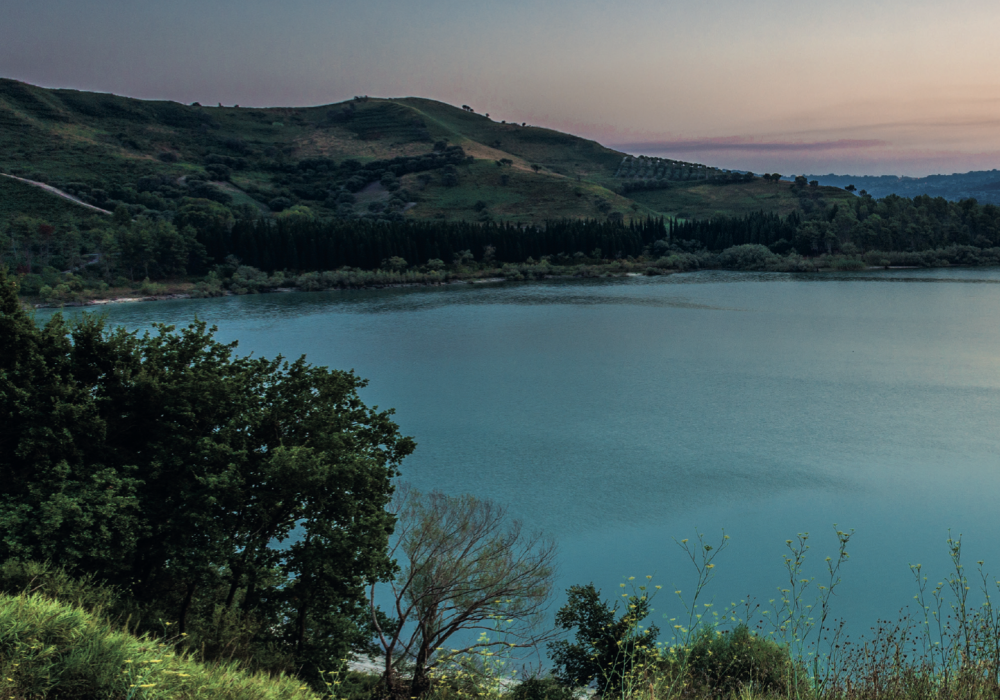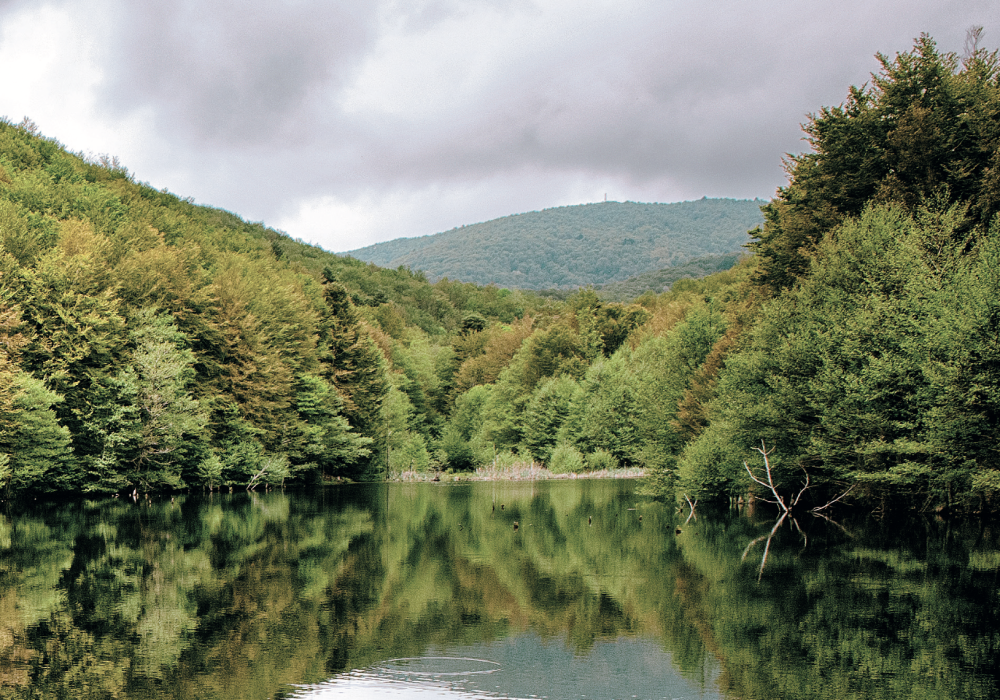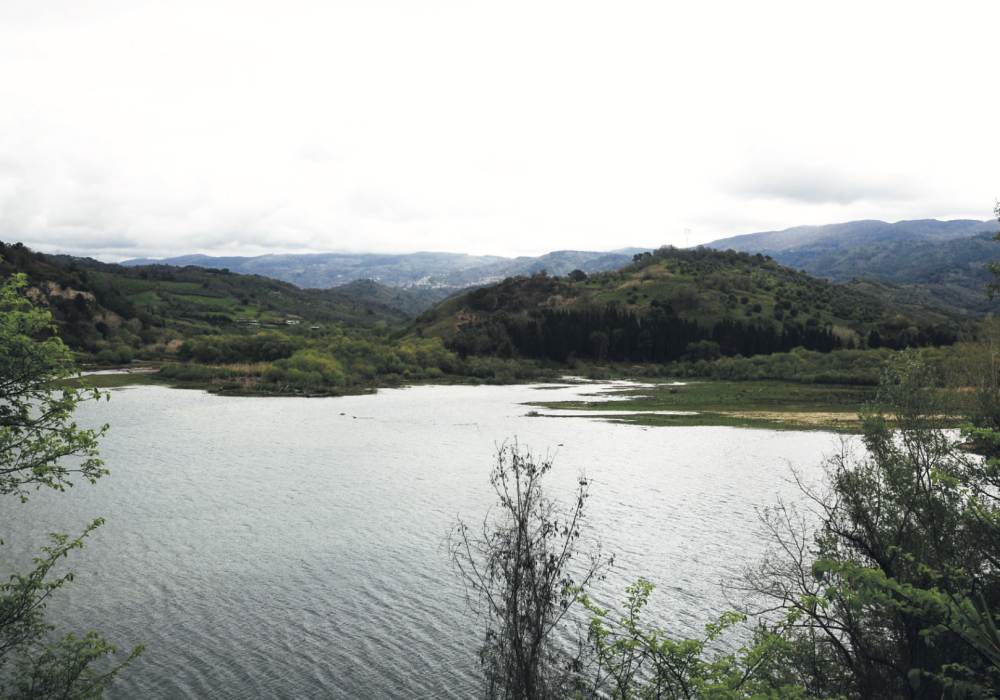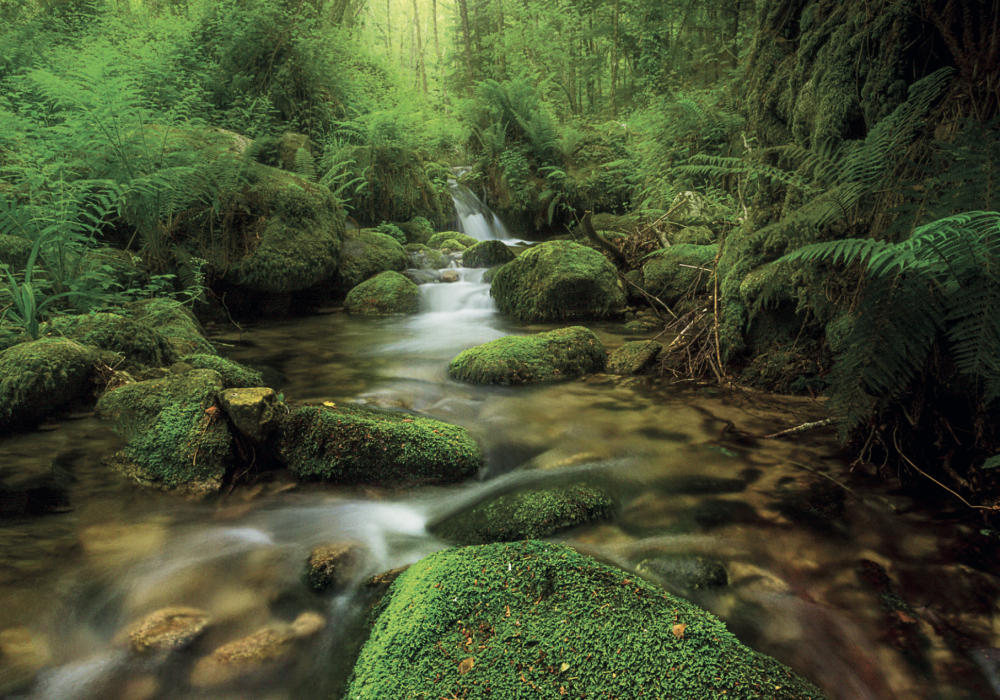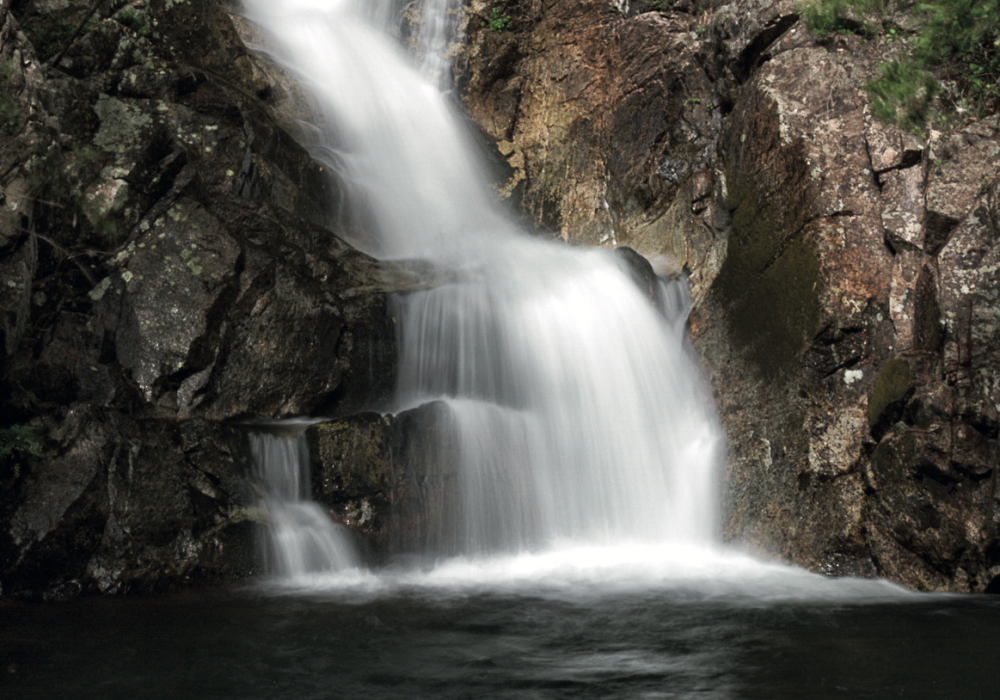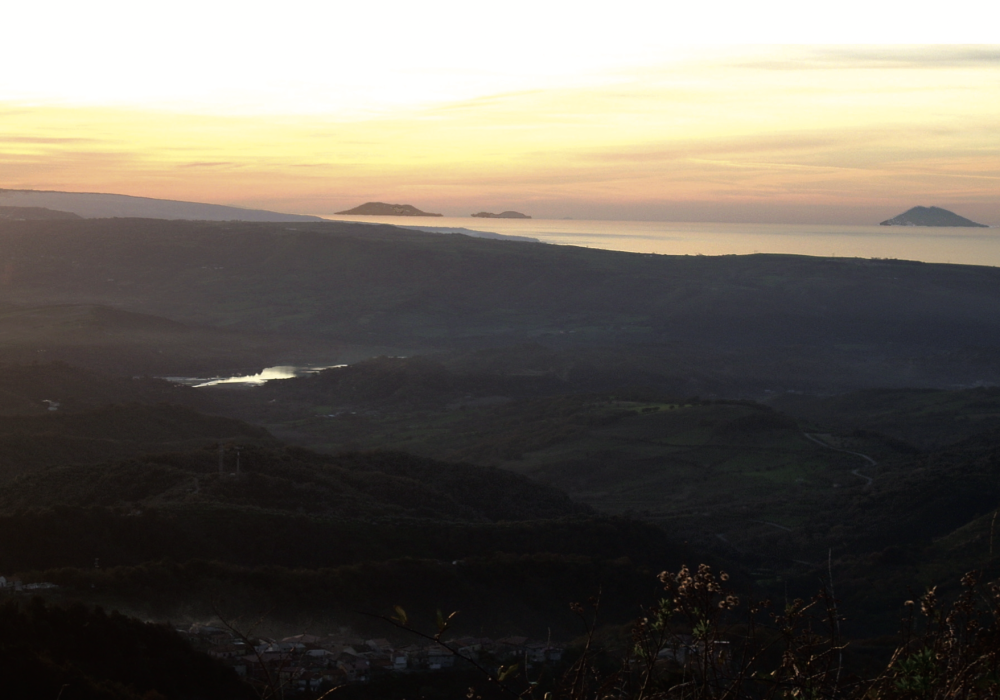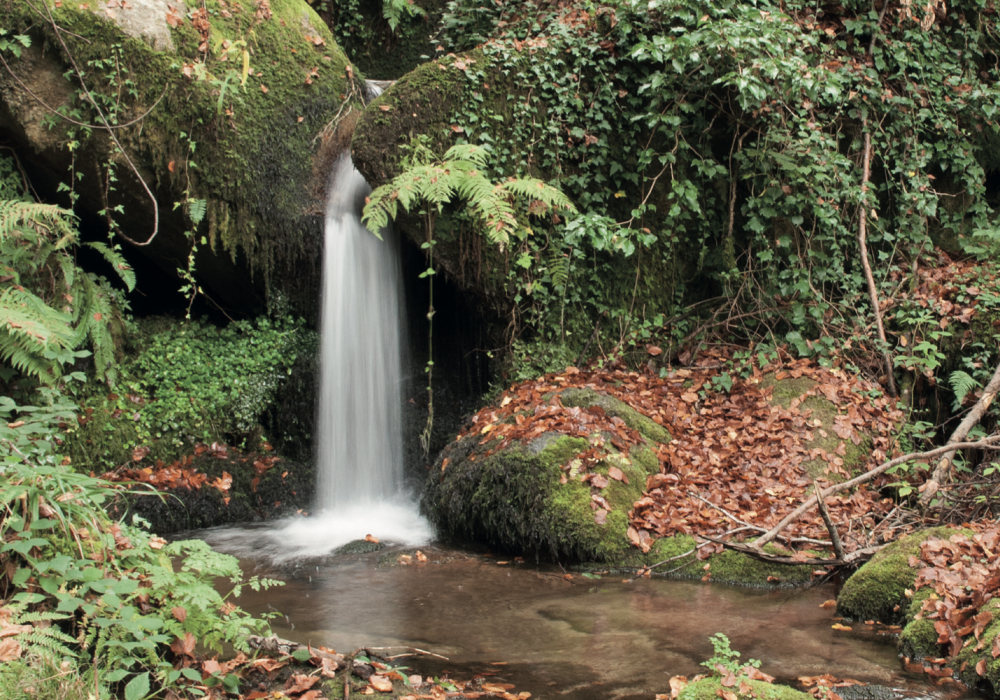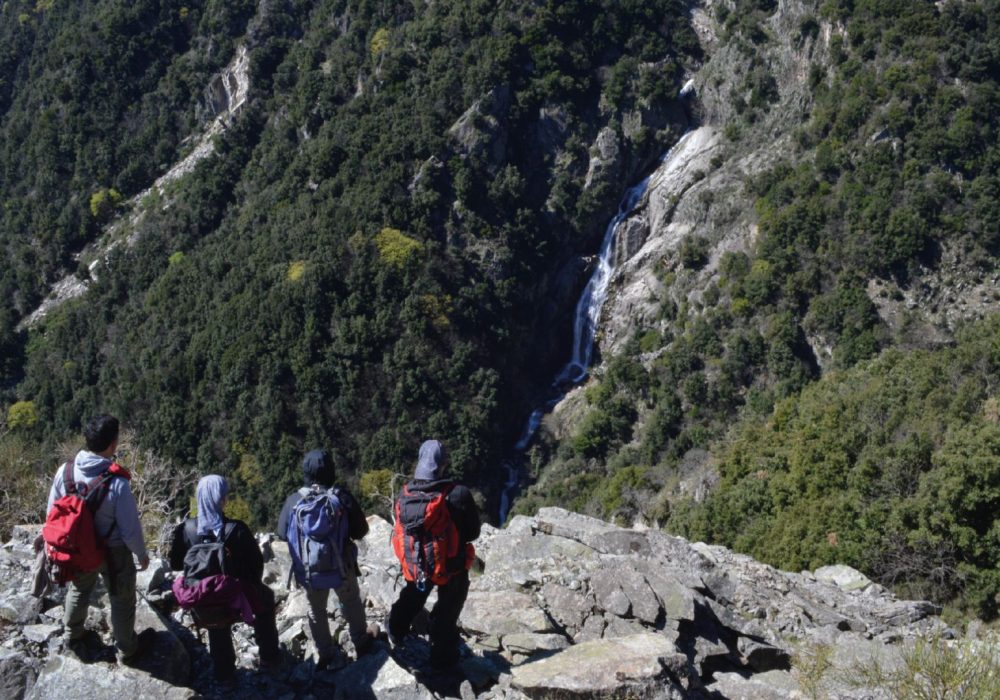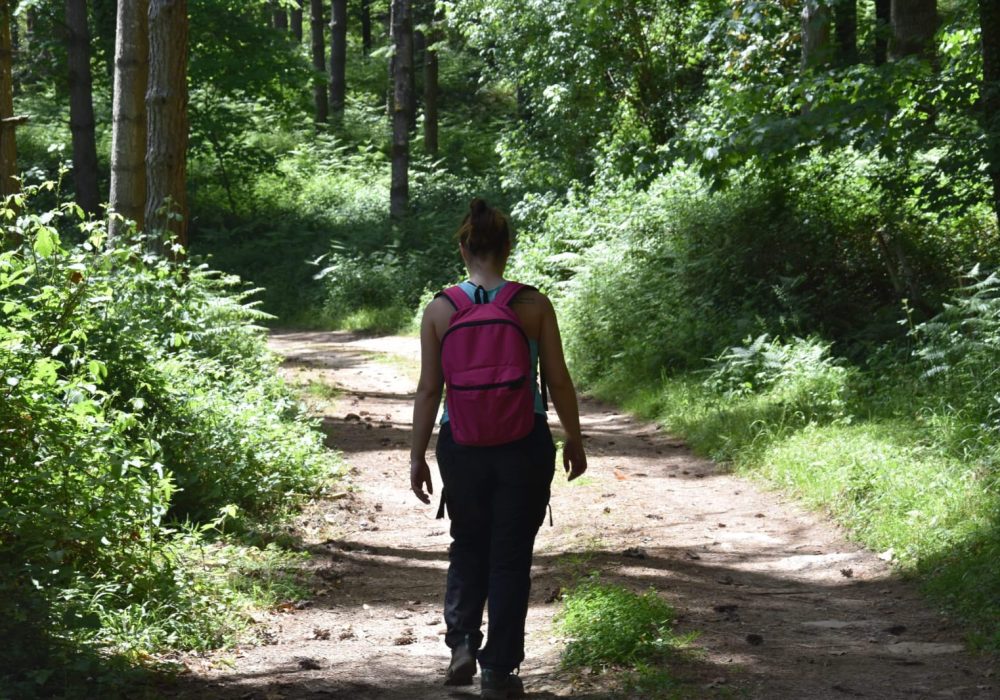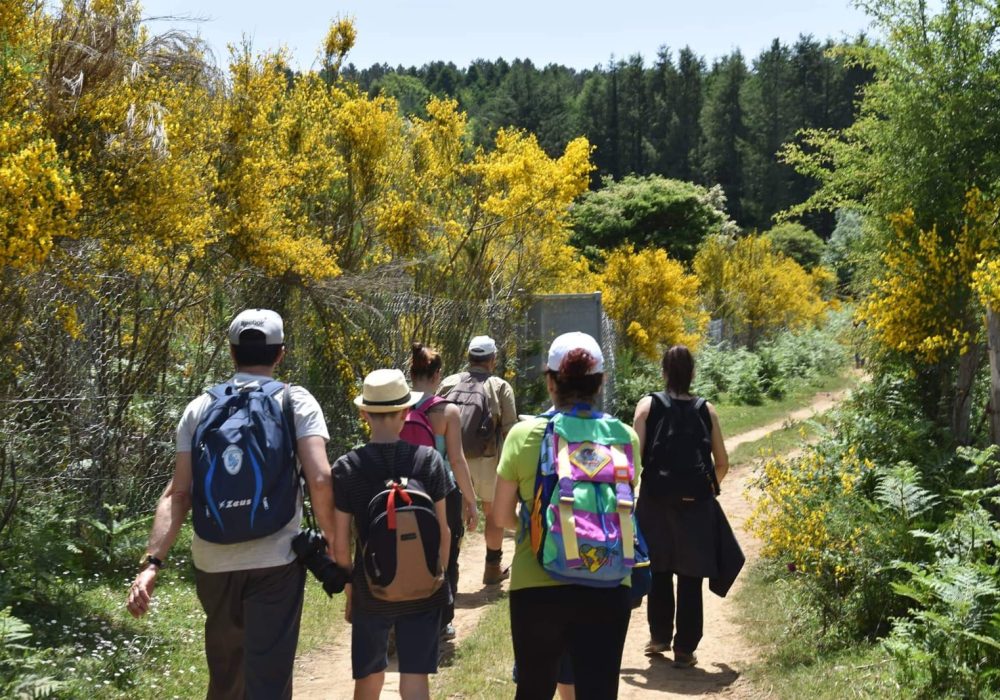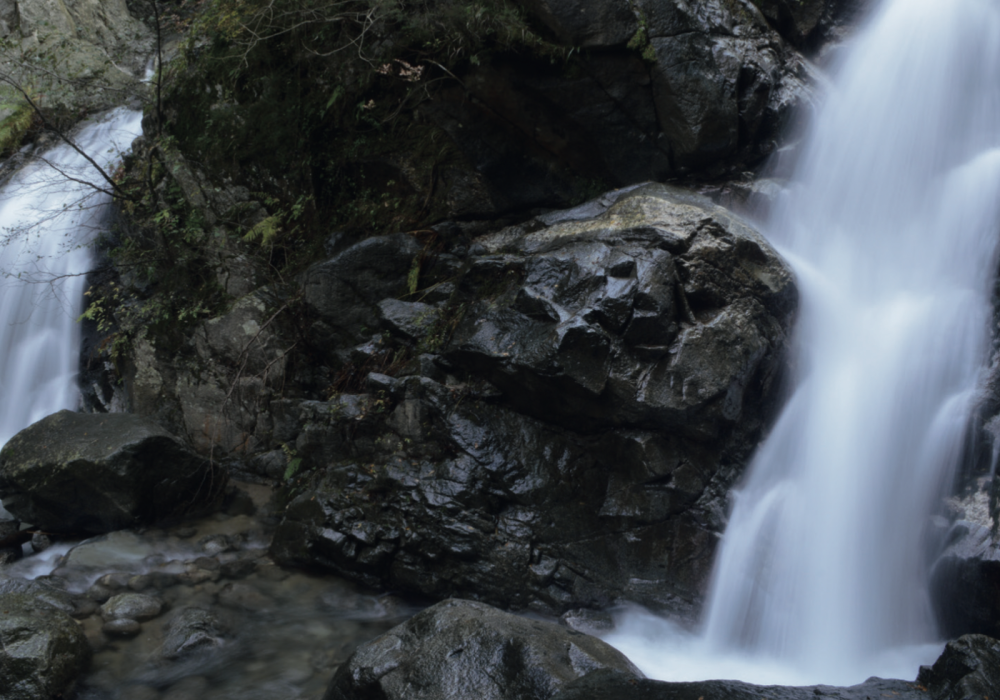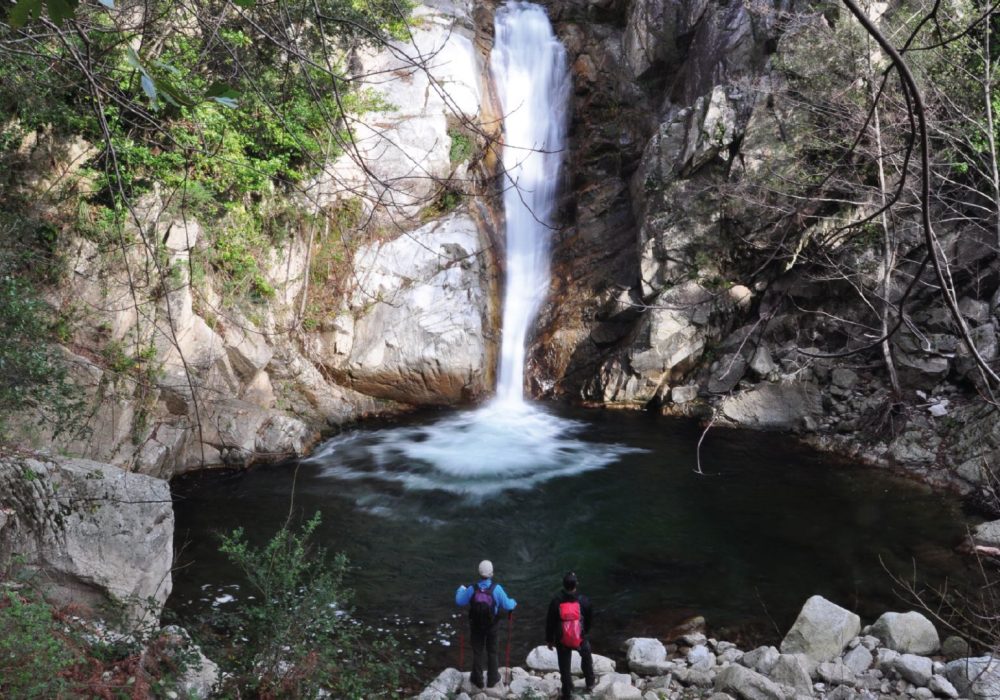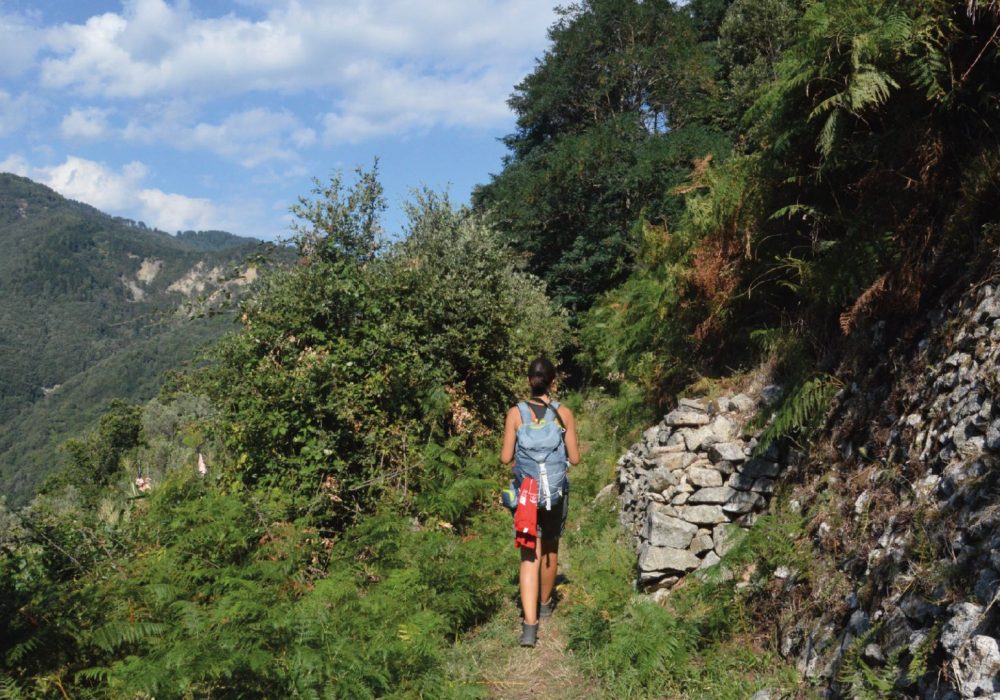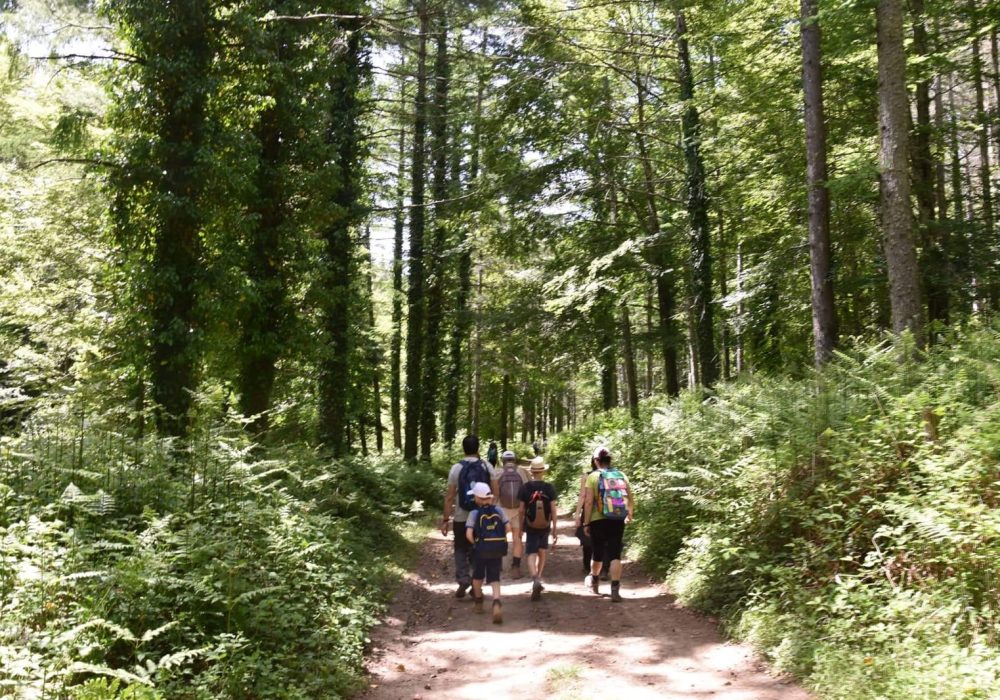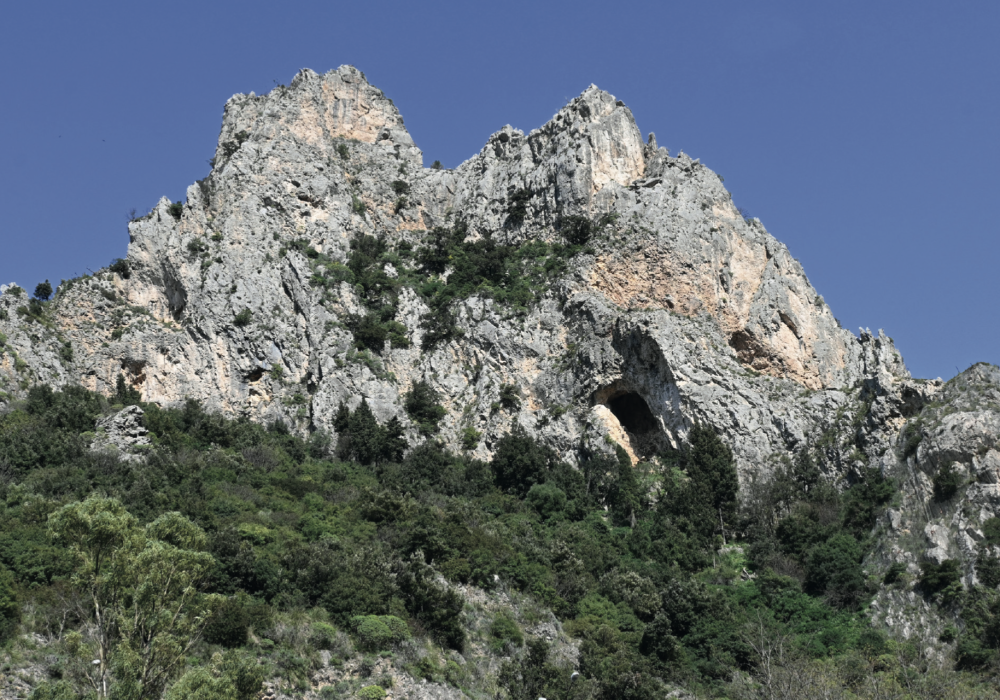Museums
Serra San Bruno (VV)
Charterhouse Museum
The Charterhouse Museum, established in 1993 at the instigation of the monastic community of Serra San Bruno, aims to be a link and connection between monastic life and the world. It is a door that the monks have opened to welcome pilgrims and tourists in a space of reflection and knowledge. An opening through which those who come to Serra San Bruno can access a way of life and a world out of the ordinary. Over nine hundred years, thousands of monks, starting with Saint Bruno, founder of the Carthusian Order, have lived in this place, leaving traces of their silent presence in the environment that hosted them. We find signs of this spirituality of communion in the woods surrounding the monastery, on the paths that the Carthusian monks walked during their weekly walks, in the churches and in the religious traditions of this small mountain village.
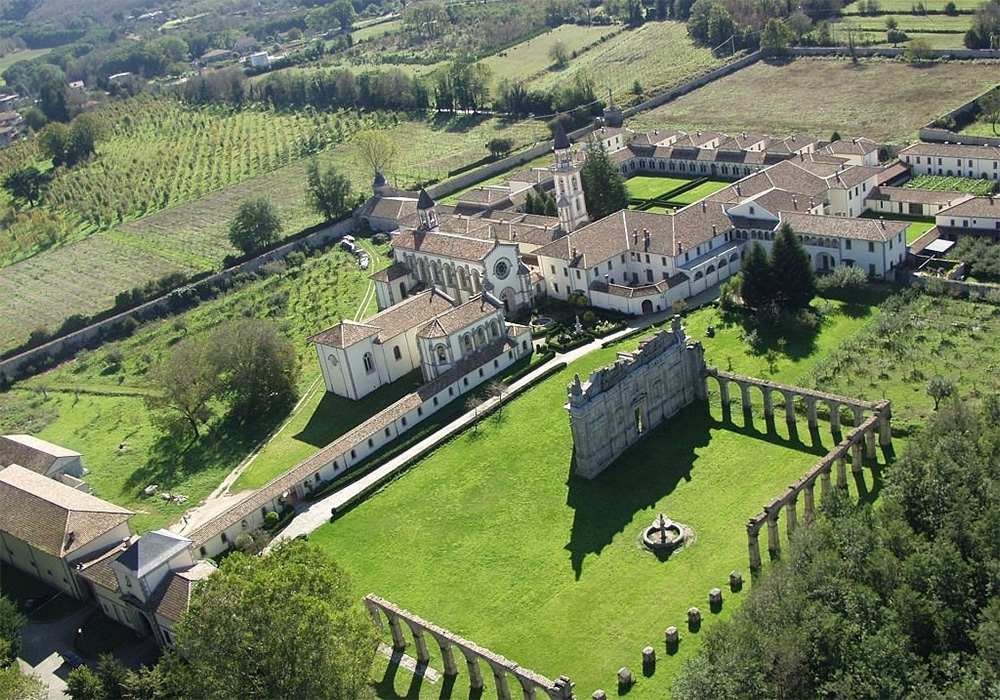
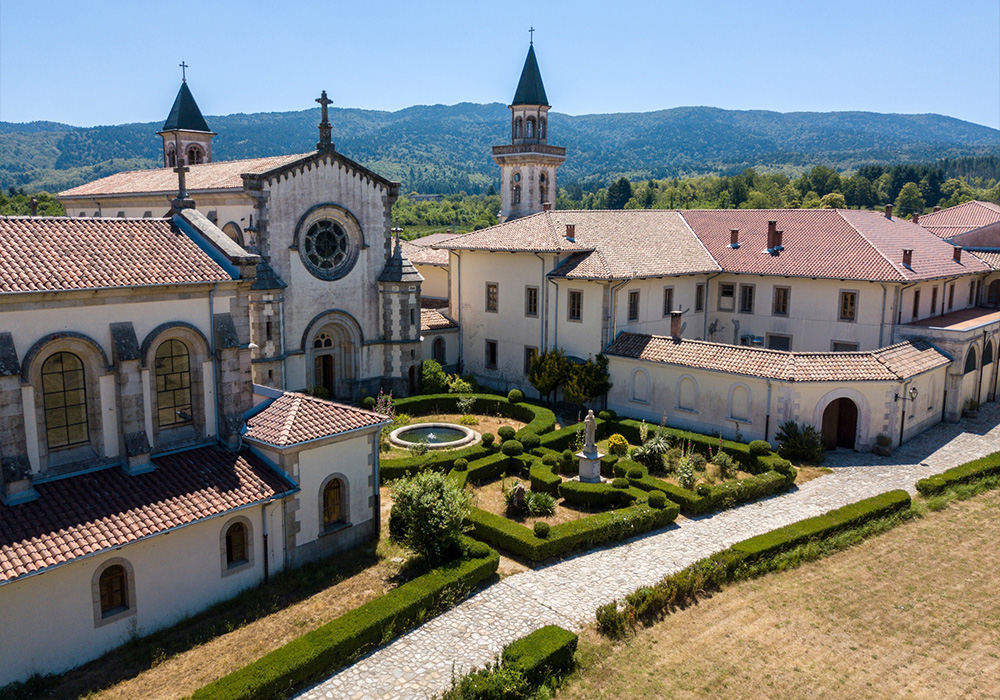
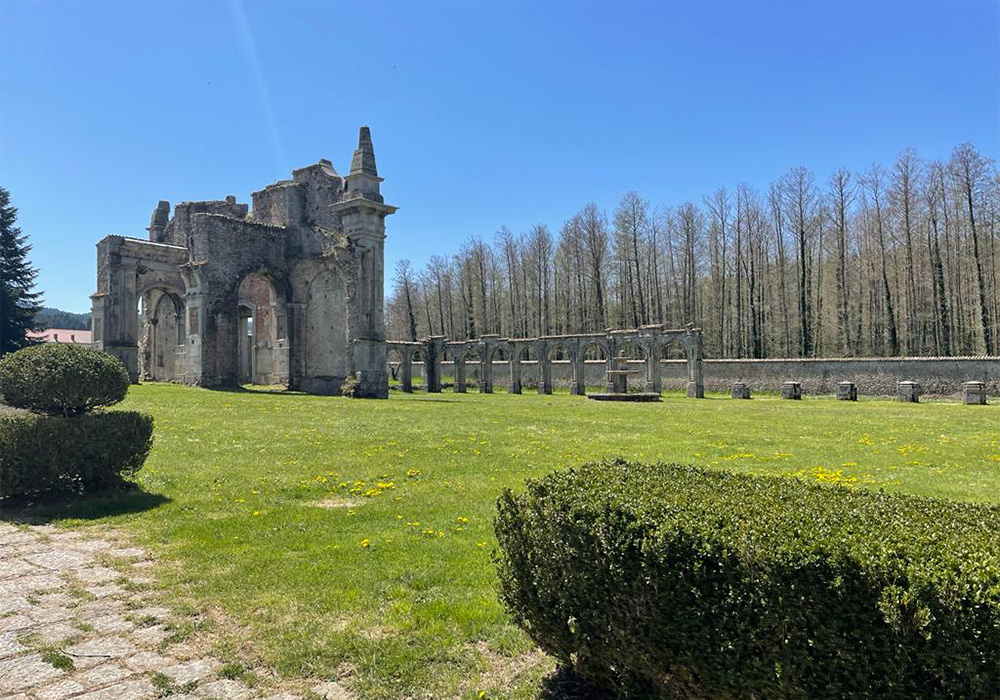
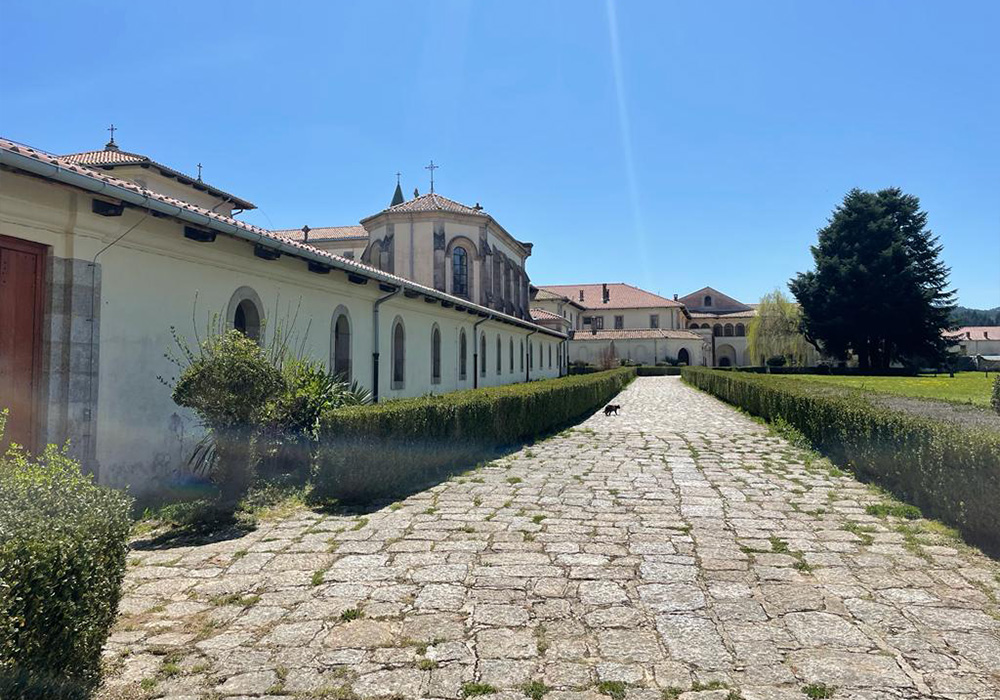
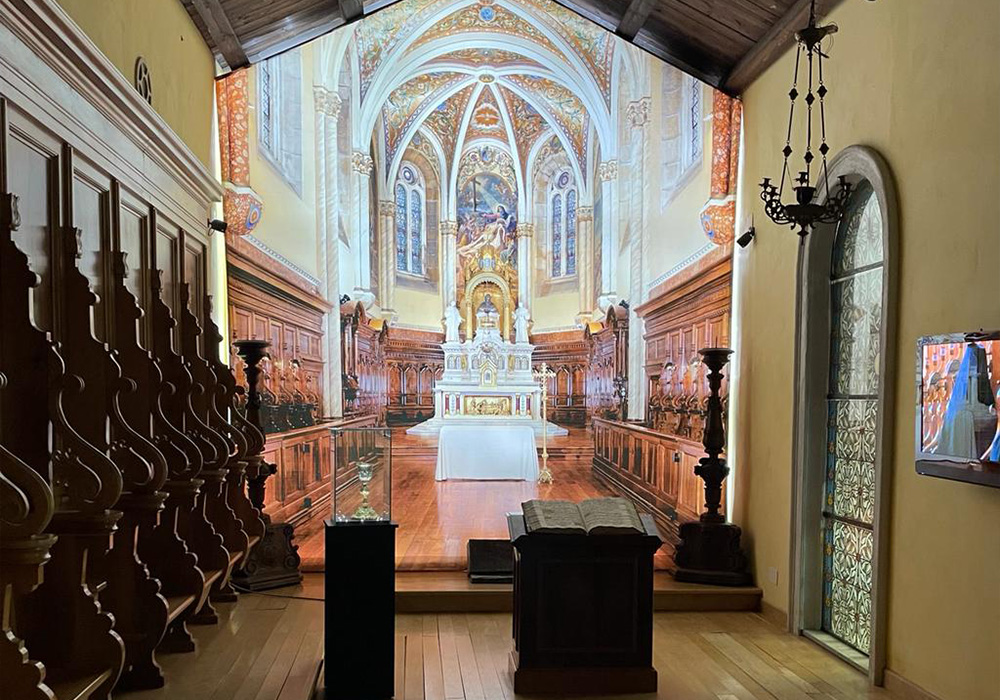
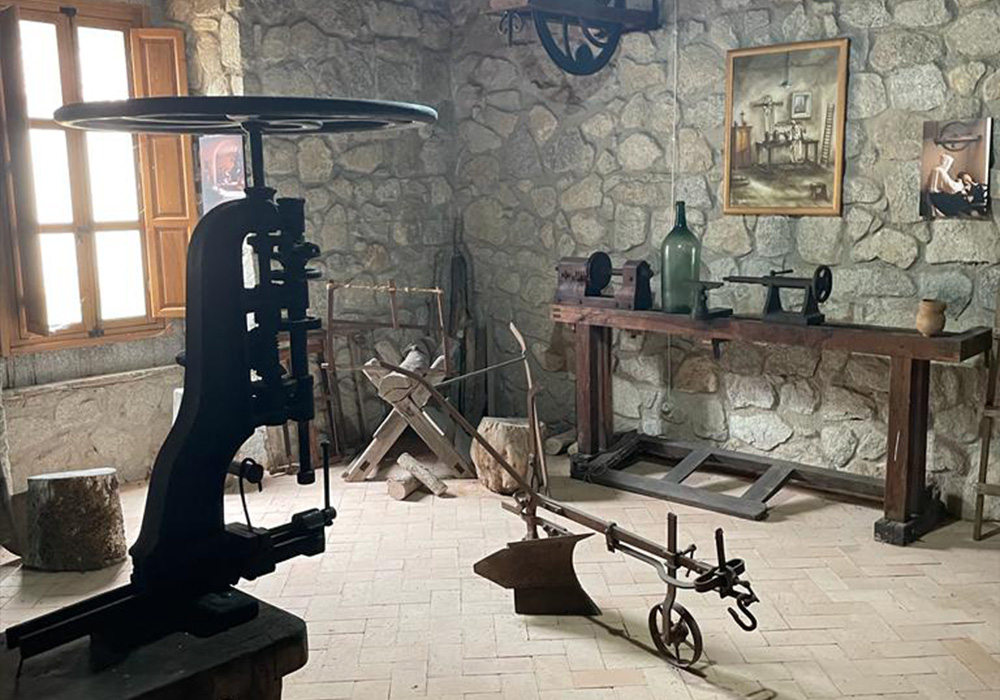
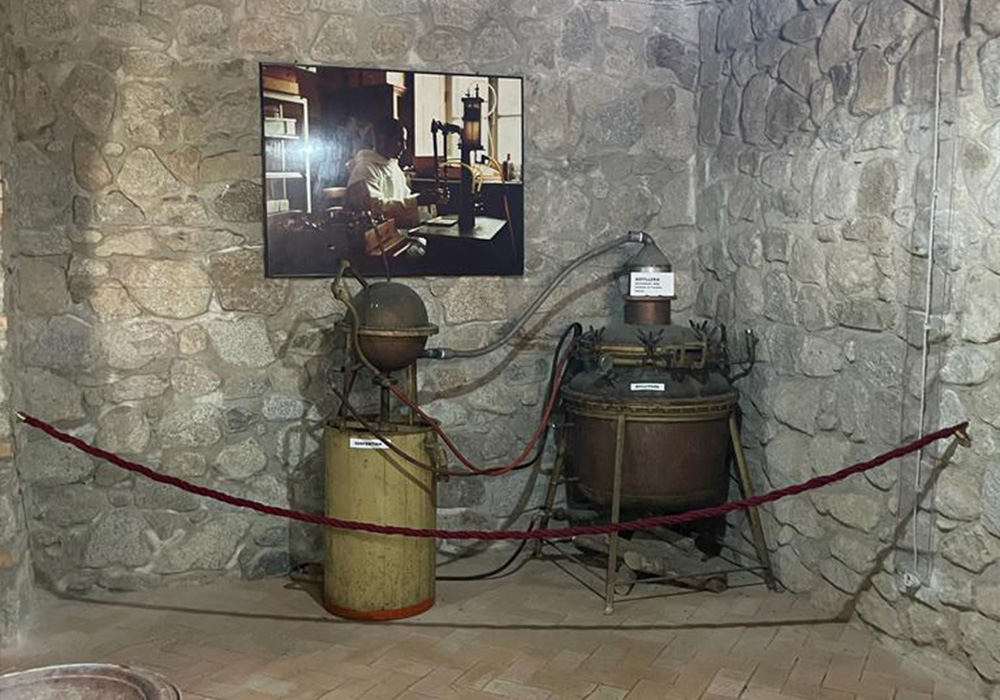
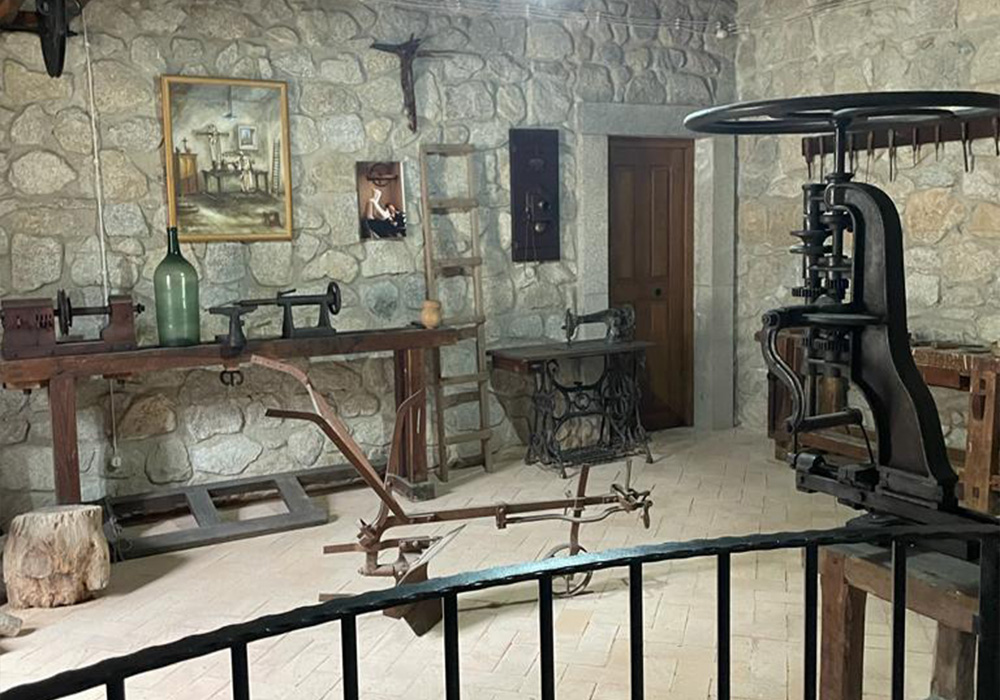
Mongiana (VV)
MuFAR - Bourbon Royal Ironworks Factory Museum
The Museum of the Royal Bourbon Ironworks or MUFAR is a museum of industrial archaeology in the municipality of Mongiana (Vibo Valentia) in Calabria, opened on 23 October 2013 and focuses on the history of the Mongiana iron and steel pole created during the Bourbon reign between the 18th and 19th centuries. In 1872, iron and steel activities ceased definitively due to a lack of orders, and the industrial buildings were gradually abandoned. Restored at the end of the 19th century, they became housing and warehouses. Among them, the former Mongiana Arms Factory, rediscovered in the late 1970s in a state of complete decay, was the subject of a thorough process of restoration. In October 2013, the architectural restoration was completed with the setting up of the Museo delle Reali Ferriere Borboniche.
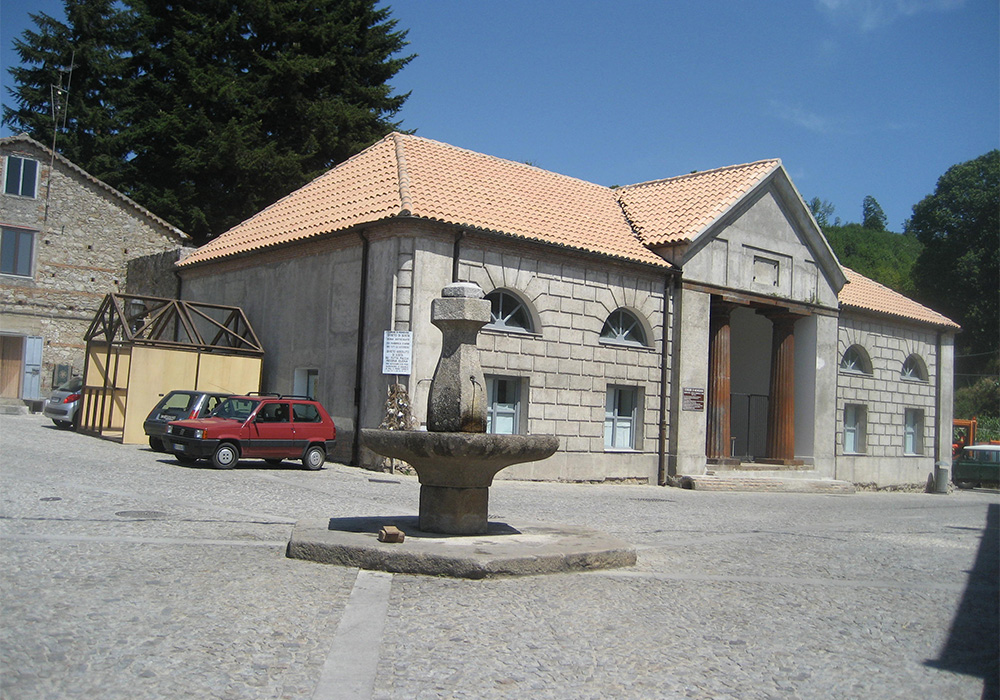
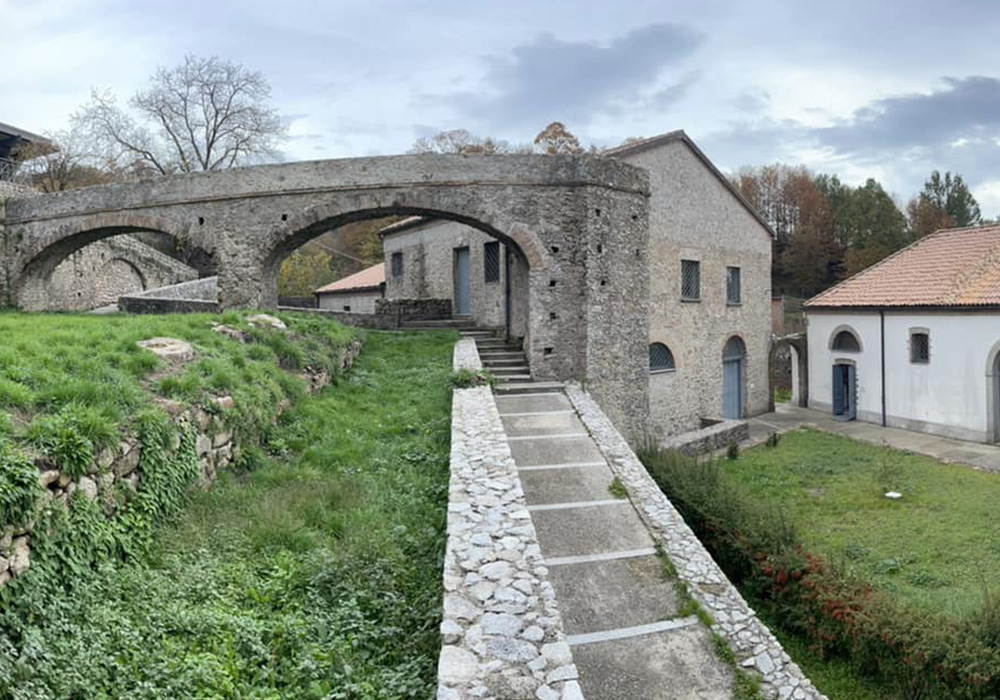
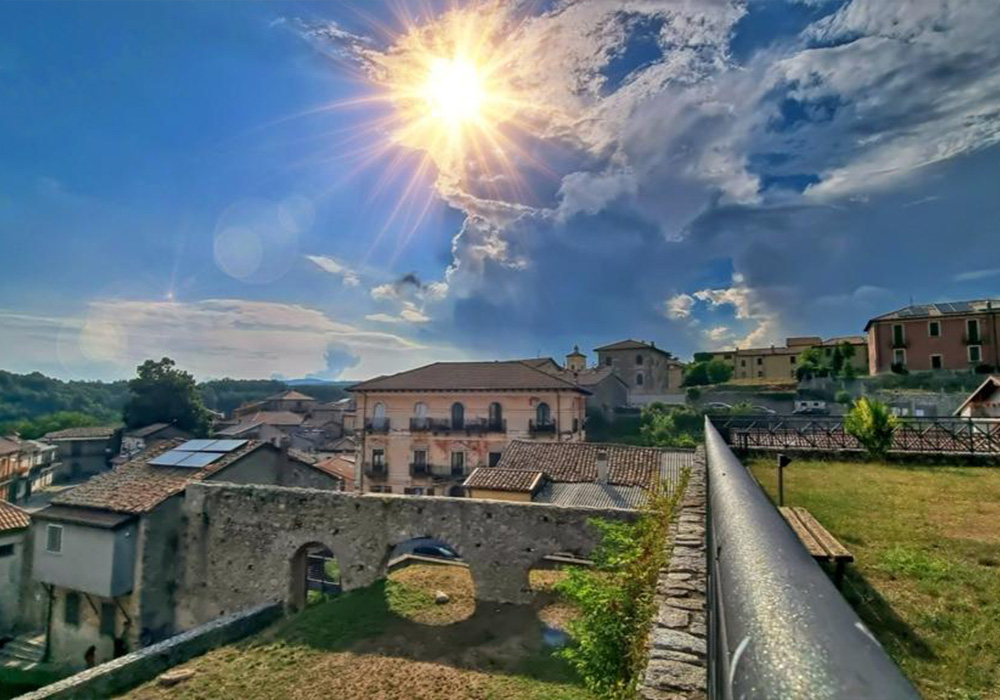
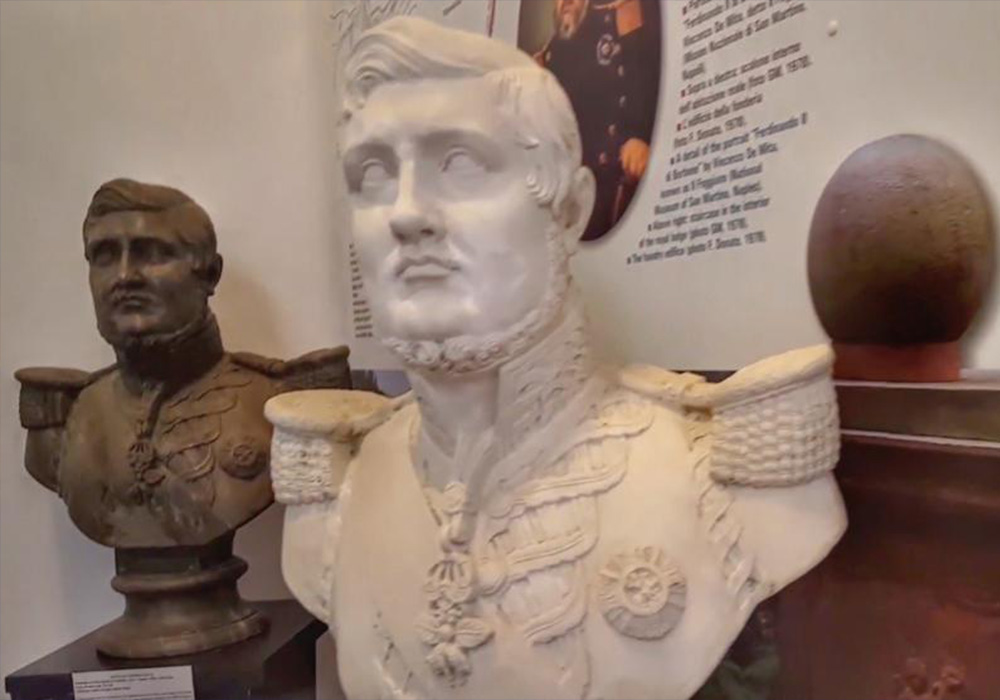
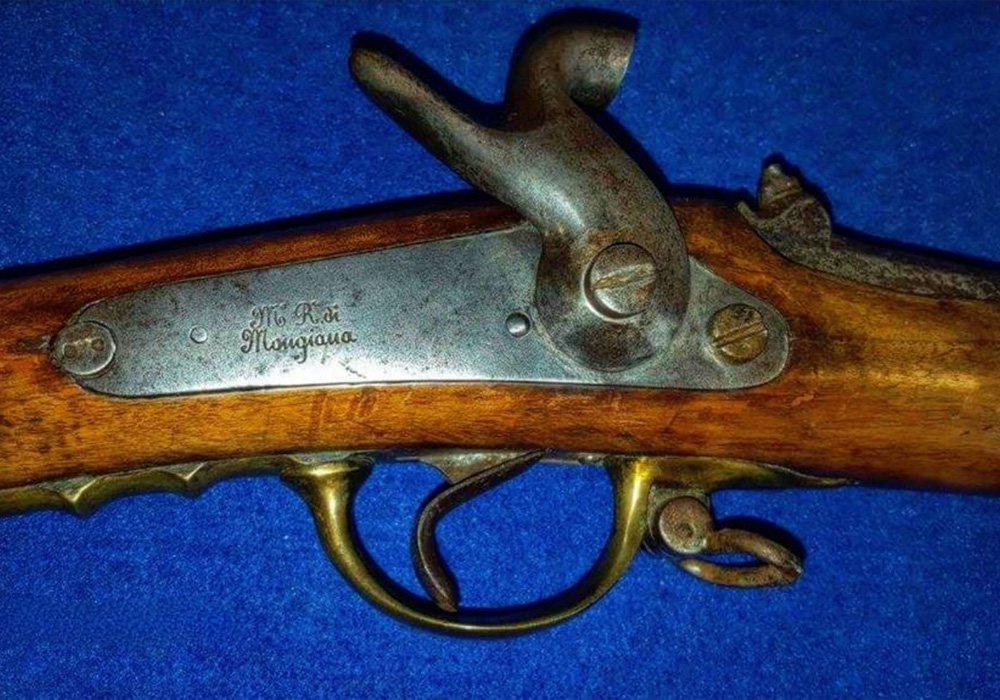
Pizzo Calabro (VV)
Murat Castle
The history of Pizzo Castle is linked to the death of Joachim Murat, King of Naples, a valiant, fearless man who sought victory and the reconquest of his kingdom in Pizzo, but instead found death there. Inside the manor house, a historical reconstruction reproduces the last days of Joachim Murat’s life, depicting the different moments of the imprisonment of the King and his men: inside the cells, in the semi-subterranean rooms, their imprisonment is reproduced; on the first floor, the scene of the summary trial against Murat is depicted; in the cell where the King spent the last moments of his life and where he wrote his farewell letter to his wife Carolina and his four children, also on the second floor, the scene of the King’s confession with Canon Masdea is reproduced. Visiting the Castle of Pizzo means reliving first-hand the historical events that marked the destiny of a people.
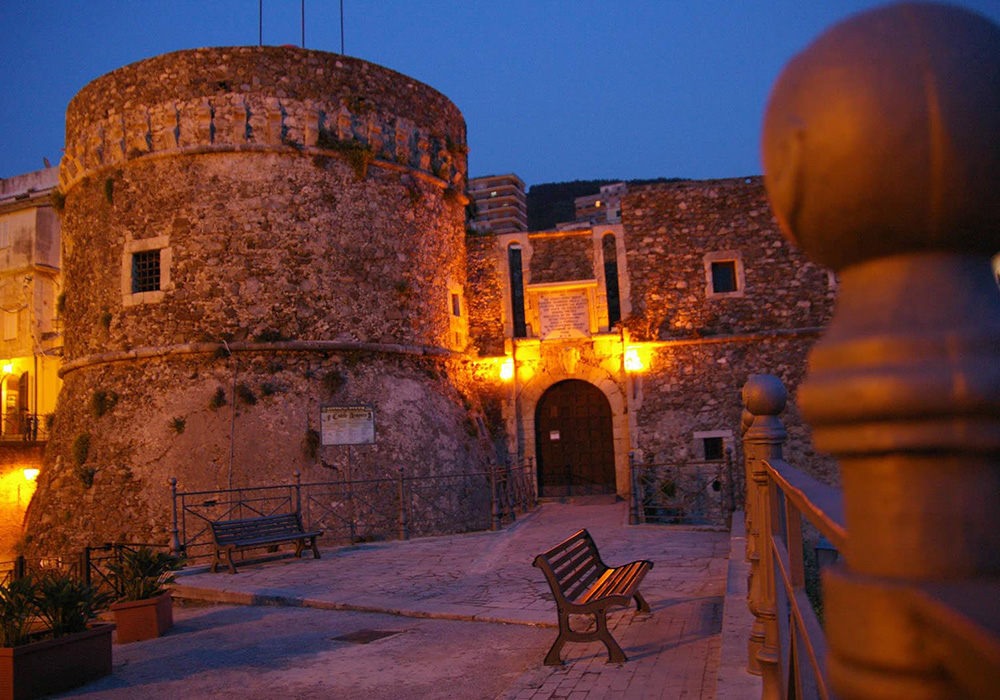
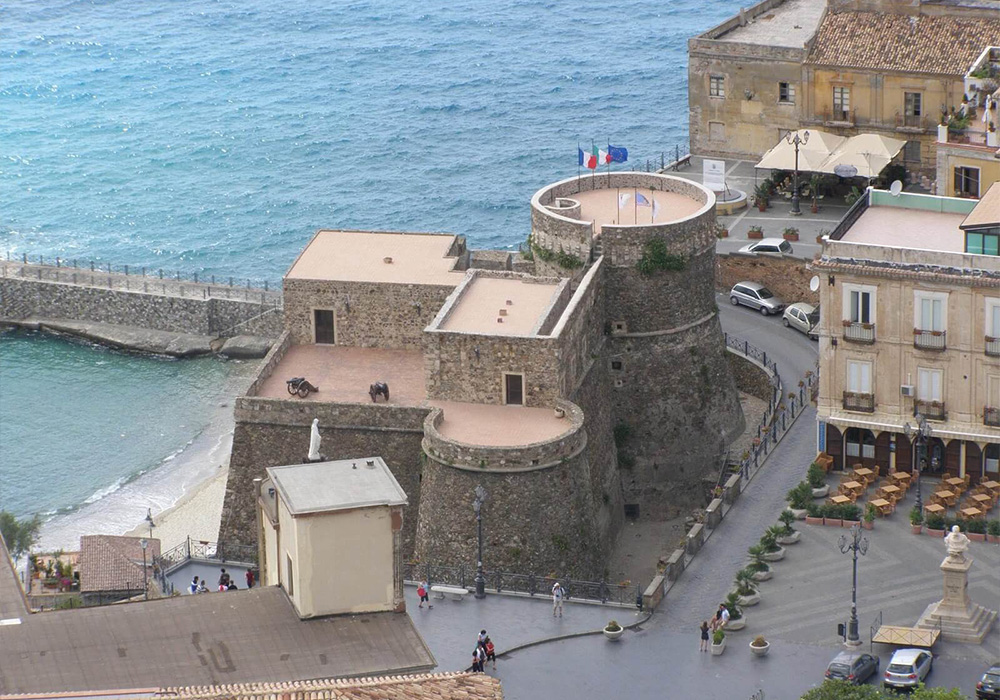
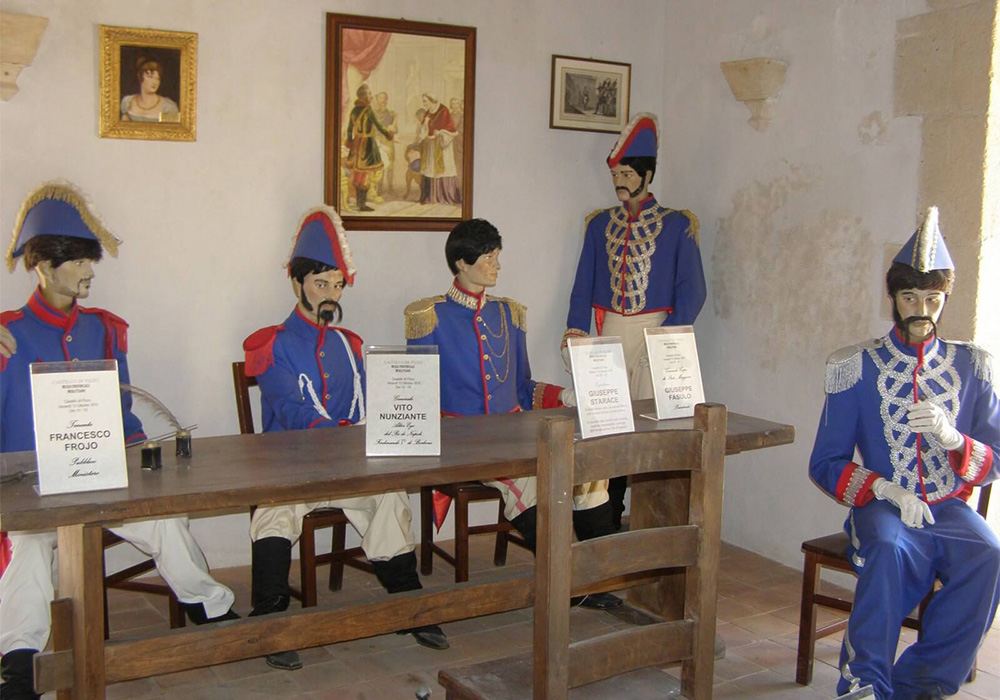
Monterosso Calabro (VV)
Museum of Rural and Artisan Civilisation
The Museo della Civiltà Contadina ed Artigiana della Calabria (Museum of Rural and Artisan Civilisation of Calabria) was founded in 1983, after an intense activity of recovery and acquisition of more than 3,000 items: tools, implements, products and testimonies related to the agricultural and artisan life of a significant area of Calabria that began in 1978. The Museum is located in Palazzo Aceti-Amoroso, a 17th-century building, and is structured in six sections: peasant art, textiles, terracotta, wood, iron and costume, supported by appropriate didactic-photographic apparatus. The Museo della Civiltà Contadina ed Artigiana della Calabria also boasts important recognitions obtained in the European field, such as the Special Mention obtained in the International Competition ‘European Museum of The Year Award’, organised by the Arthur Andersen Co. foundation under the auspices of the Council of Europe. This affirmation has enabled the Museum to be included in the most important museum circuits at international level, as demonstrated by its membership of EMYA.
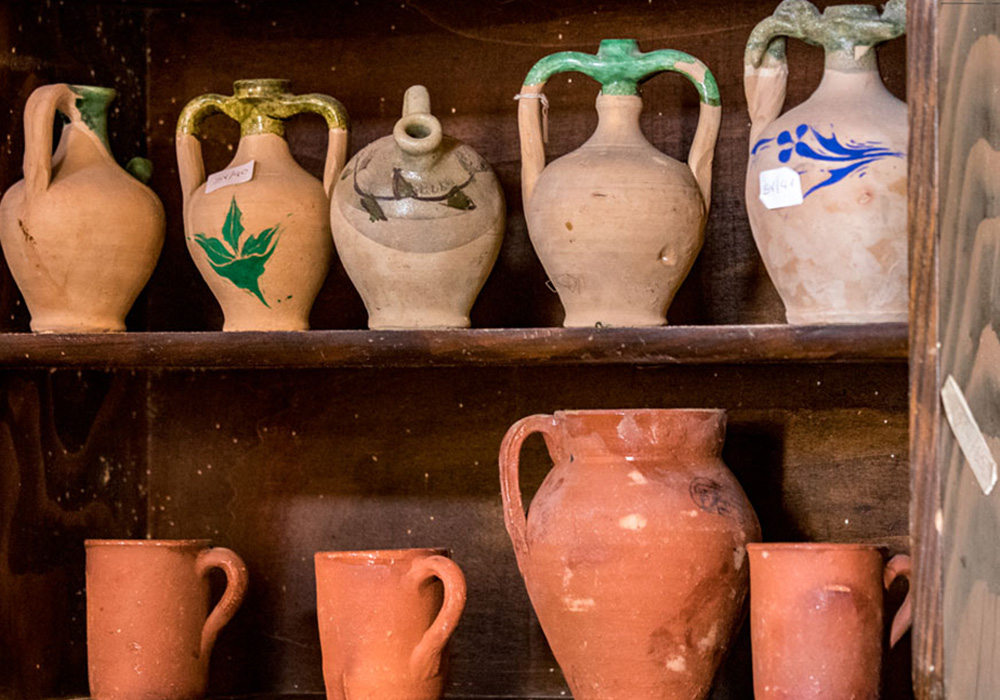
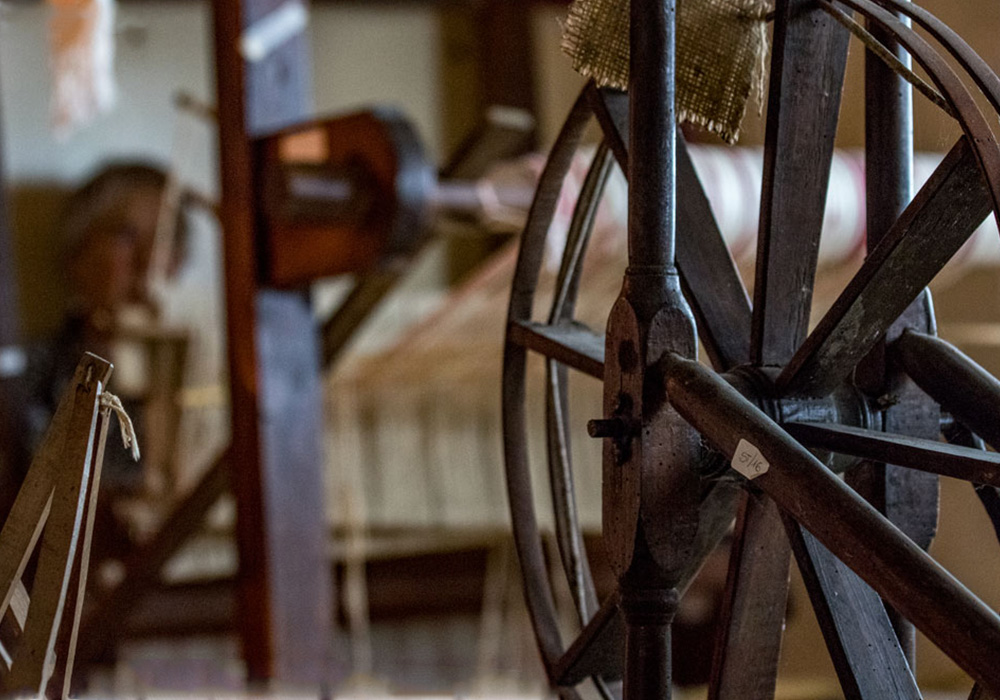
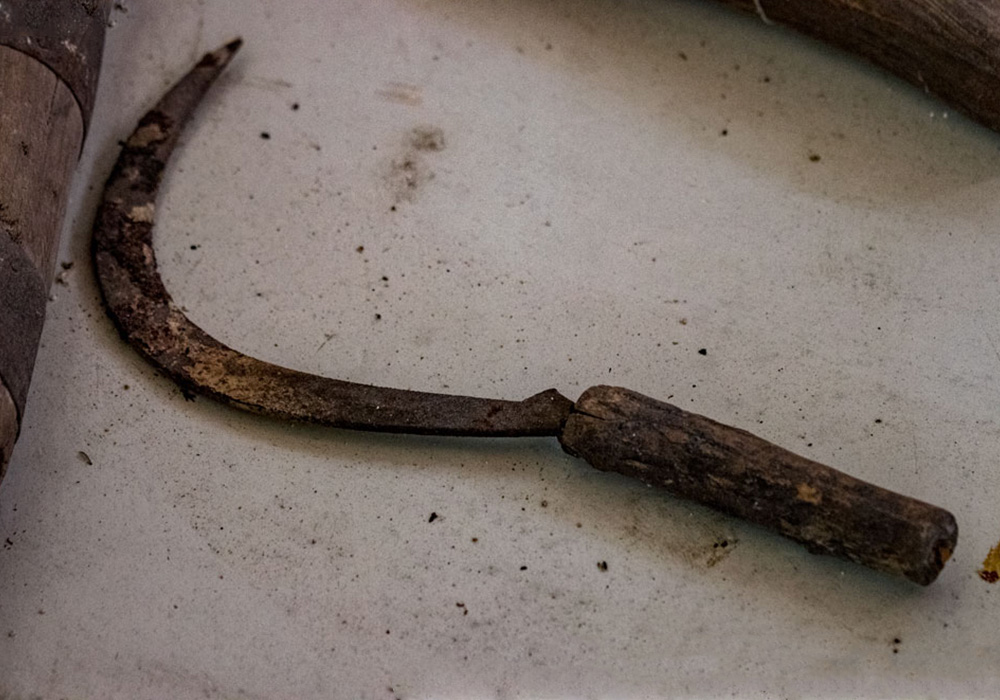
Serra San Bruno (VV)
Villa Bonitas Botanical Museum
A herbarium and botanical garden, in which, in addition to around 1,300 catalogued plant species, historical tools used for woodworking are exhibited (a special feature is the display of the four stages involved in turning logs into charcoal) and numerous species of fungi are classified. This is an important space for university teaching that presents unique characteristics. This heritage can be enjoyed by residents and all nature lovers who want to deepen their culture and discover the secrets that vegetation holds.
